COD Is Not Fraud-Proof: Why Cash on Delivery Still Leaves You Vulnerable
In India, online shopping fraud is rampant.
Shoppers place an order, pay for it, and when the parcel finally arrives, it's often:
-
The wrong product
-
A low-quality substitute
-
Or worse—completely empty
What follows is radio silence from the seller. No refund. No support. Just frustration.
This has made people cautious about prepaying for online orders. So naturally, many believe Cash on Delivery (COD) is the “safe” way to shop.
“Why risk paying first? I’ll only hand over cash when I receive the product!”

But here’s the uncomfortable truth: COD is not safe. In many ways, it opens the door to new types of fraud — from both shady sellers and sometimes dishonest delivery personnel.
COD Creates a False Sense of Security
Buyers tend to think COD protects them. But here's how it usually works:
-
The courier arrives with your parcel.
-
You're required to pay before opening the package.
-
Once you pay, the courier leaves.
Only later do you discover:
-
The box is empty
-
Or the item is not what you ordered
-
Or the product is broken, fake, or worthless
By the time you realize what’s happened, your money is gone — and the scammer is untraceable.
Why Some Sellers Prefer to Scam COD Customers
COD buyers often appear inexperienced. Some fraudulent sellers see this as an opportunity and assume:
-
You’re less likely to file complaints.
-
You don't know how to demand a refund.
-
You won’t chase them legally for ₹500 or ₹1000.
So they take the risk of sending:
-
Junk products
-
Empty boxes
-
Or nothing at all (with fake shipping updates)
And if they do this under COD? They already have your cash. No dispute. No reversal.
Common Real-World COD Fraud Scenarios
1. Empty-Box Scam
You pay ₹1,200 at delivery. When you open the sealed parcel—it’s completely empty. The seller disappears, and the courier says, “We only delivered what we were given.”
2. Wrong-Item Scam
You ordered a silver bracelet. Instead, you get a steel chain or a plastic toy. No refund, no return, no apology.
3. Courier “Switcheroo”
A dishonest courier opens or tampers with the package before delivery, removes the item, and seals it again. You unknowingly pay full price for an empty box, while the courier walks away with your item.
COD doesn’t protect you—it can delay your disappointment if you did not do your homework right.
Buyers Are Fighting Back — Sometimes Too Hard
Because of these experiences, many buyers have become extra cautious. So cautious, in fact, that they now refuse to accept COD deliveries altogether.
They see a package from a suspicious-looking name or unknown seller and simply say:
“I didn’t place this order” or
“I don’t want it anymore”
Result? The courier takes the parcel back and the seller pays the price:
-
Shipping cost + Return shipping cost
-
Product loss (if item is returned damaged or lost)
-
Lower delivery acceptance rate
For genuine sellers, COD becomes a high-risk, high-cost gamble. That’s why more and more ethical brands are refusing to offer COD as a payment option. They can’t afford the operational losses or the fraud-related complications.
Safer Ways to Shop Online
To avoid becoming a victim of online shopping fraud:
-
Buy from Trusted Websites Only
Stick to known e-commerce sites with verified sellers and strong buyer protection. -
Use Prepaid with credit card or net banking
You still have chargeback protection with card and with net banking, you can still threaten the seller with a consumer court suit. -
Avoid Unknown COD Links on Social Media
Many scam shops rely on social media ads with “COD only” orders to lure victims. -
Always Check Seller Ratings & Return Policies
Look beyond the product photos—check how the seller handles complaints and returns. - Talk to the seller. Build some mutual repo to see if they are willing to accept payment after delivery and satisfaction.
Final Thoughts: COD Isn’t the Safety Net You Think It Is
COD might seem safe because you don’t part with money up front.
But in reality, it’s:
-
A scammer’s dream (no digital trail)
-
A courier’s blind spot (no inspection allowed before payment)
-
And a seller’s headache (high returns, high fraud)
As a buyer, your best protection is not just when you pay, but where and how you pay.
Choose platforms that protect your payment. Choose sellers that earn your trust. And remember: A sealed box doesn’t mean it contains what you paid for.
Featured collection
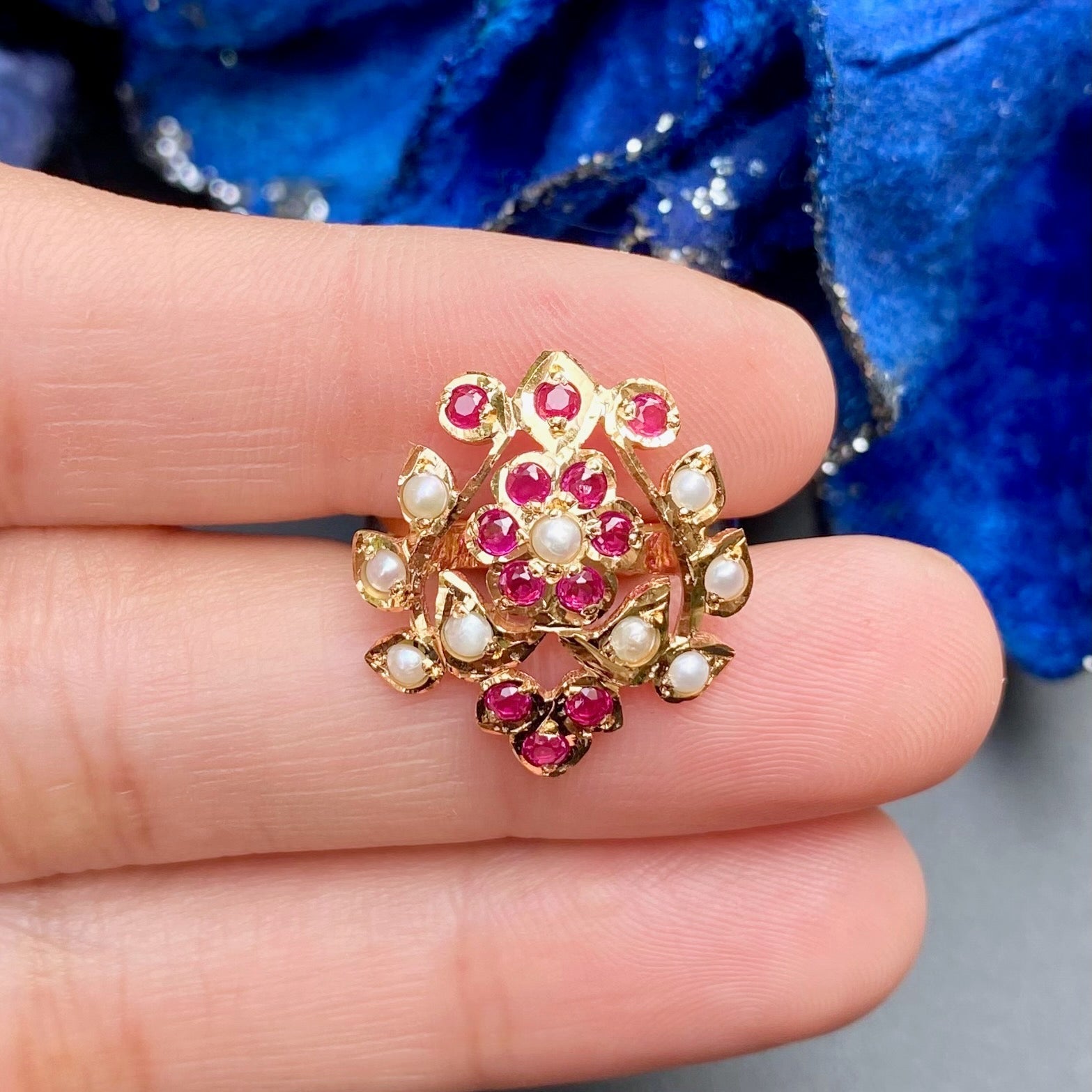
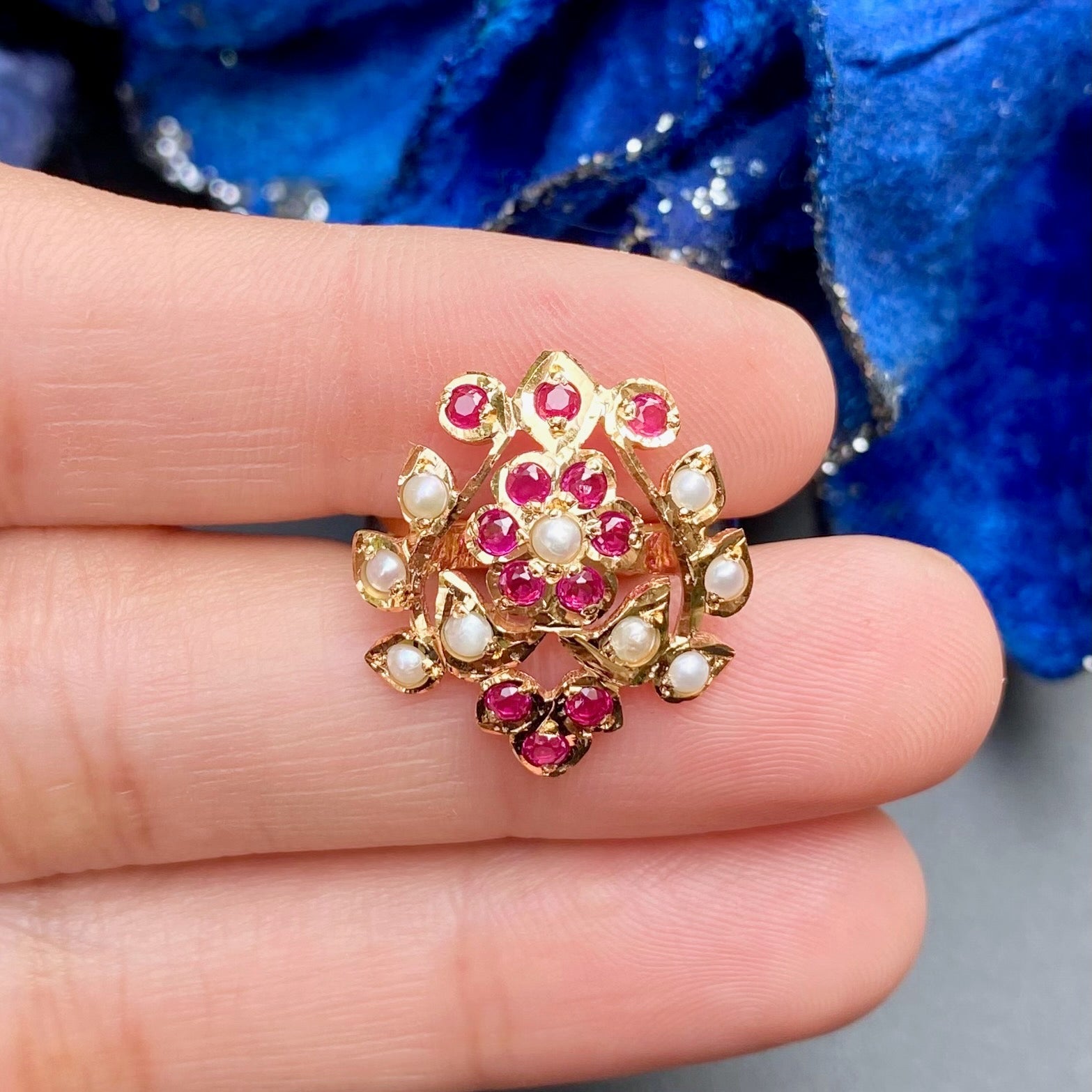
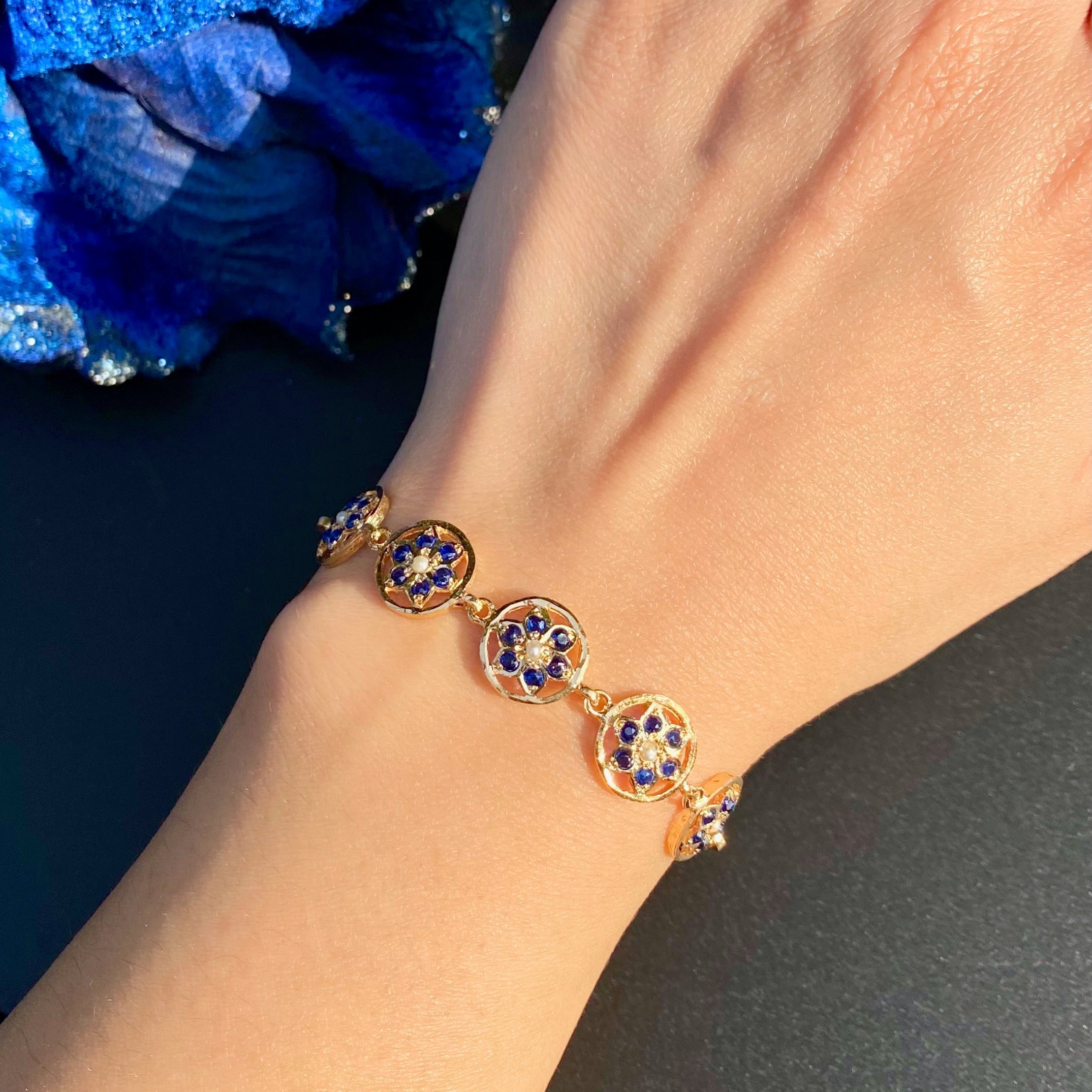
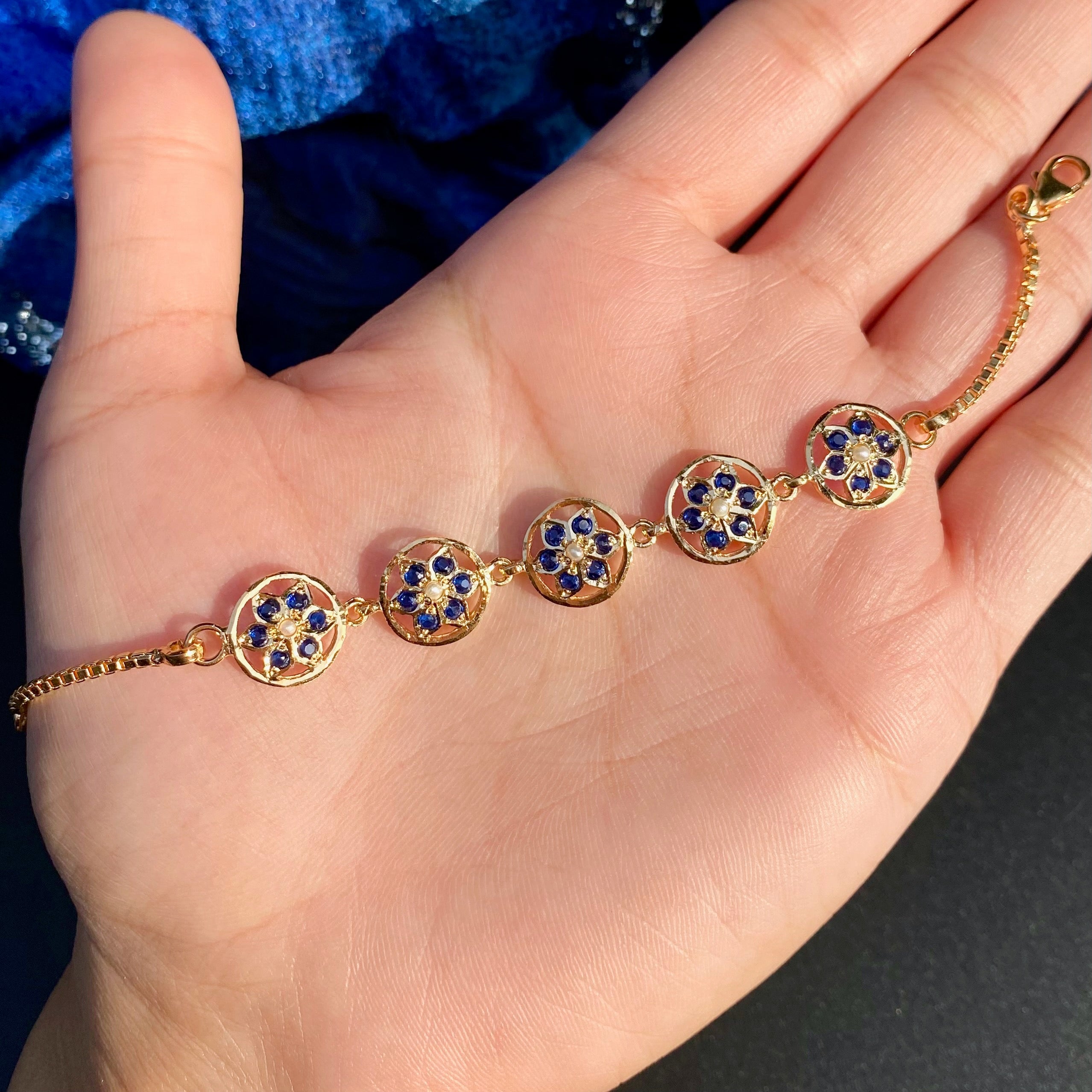

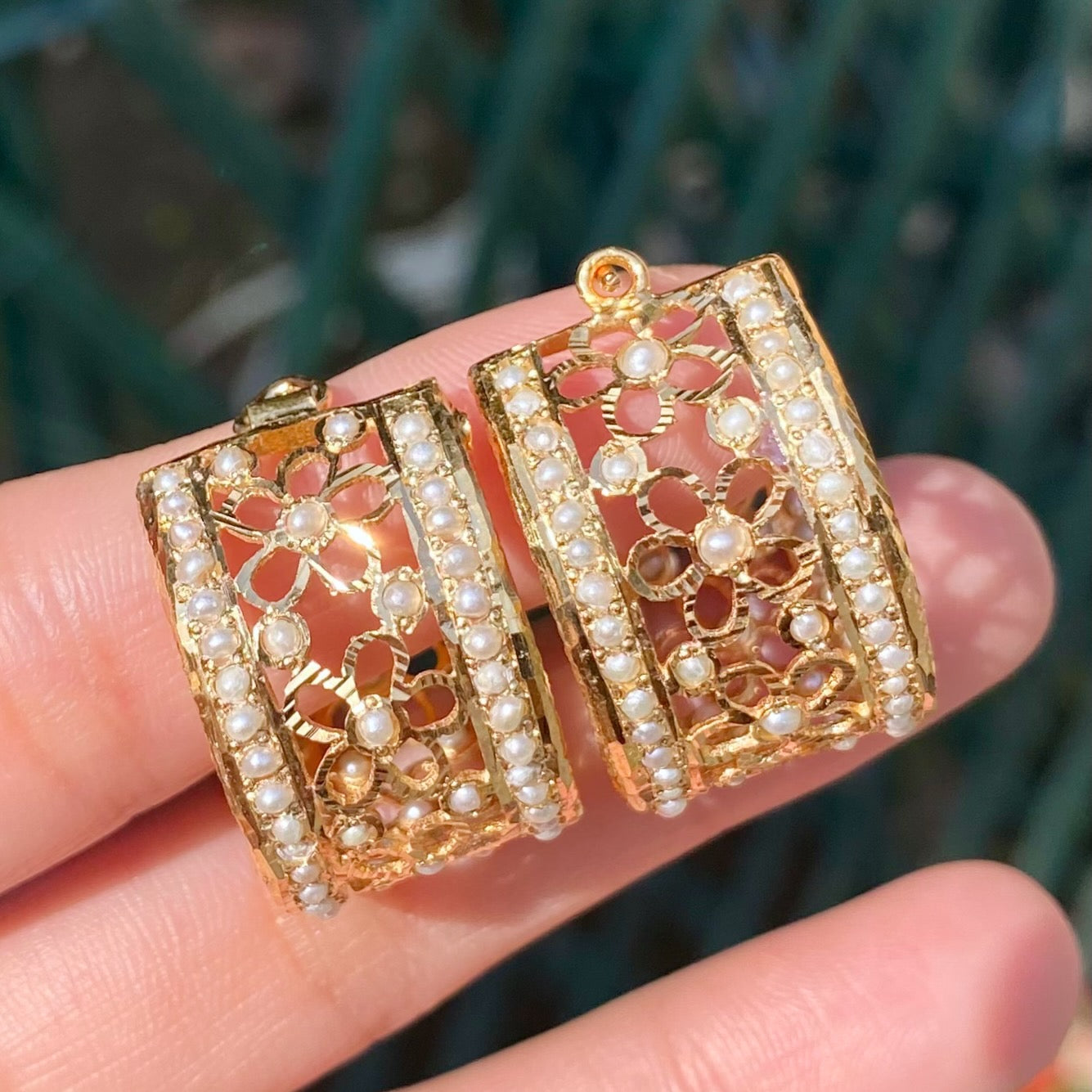
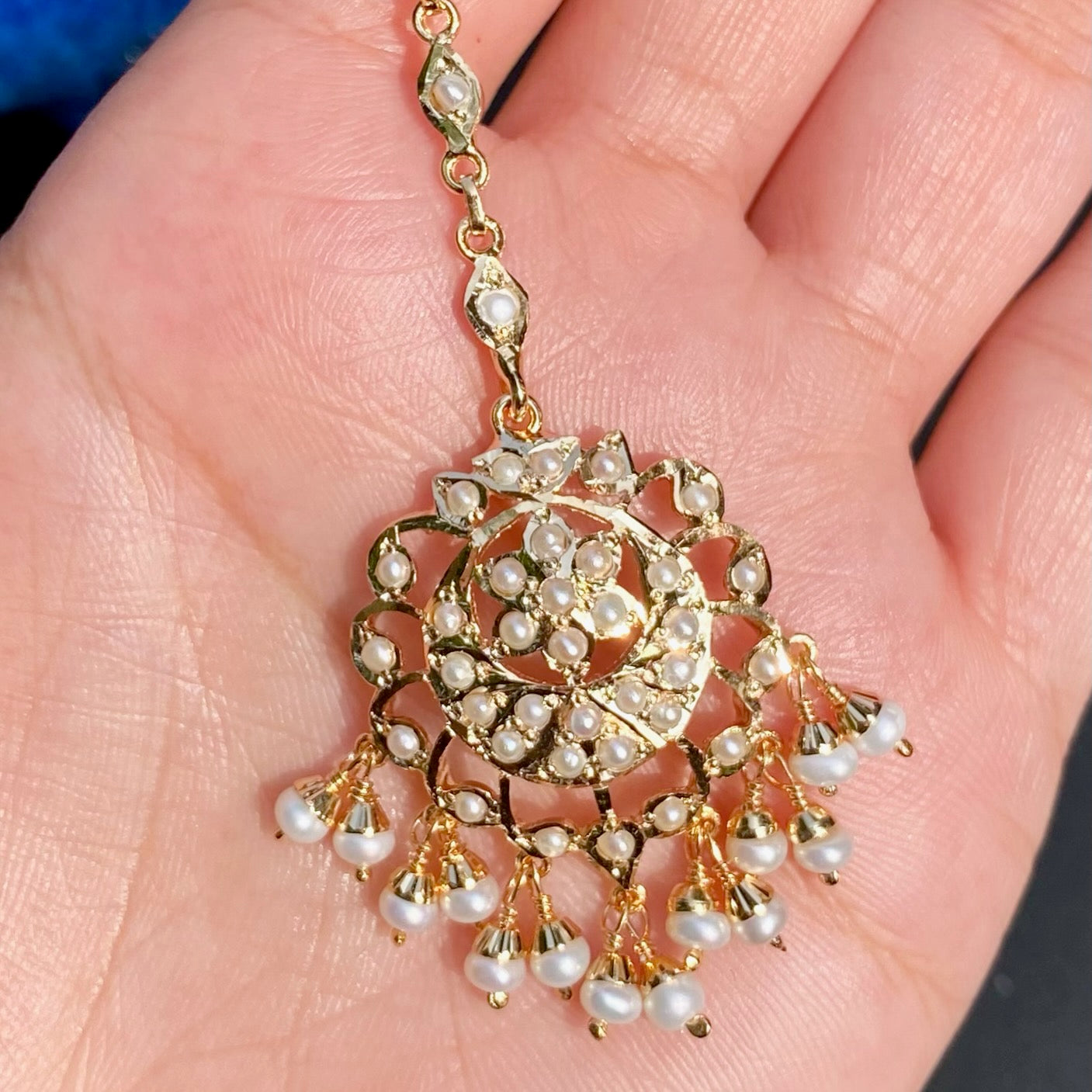
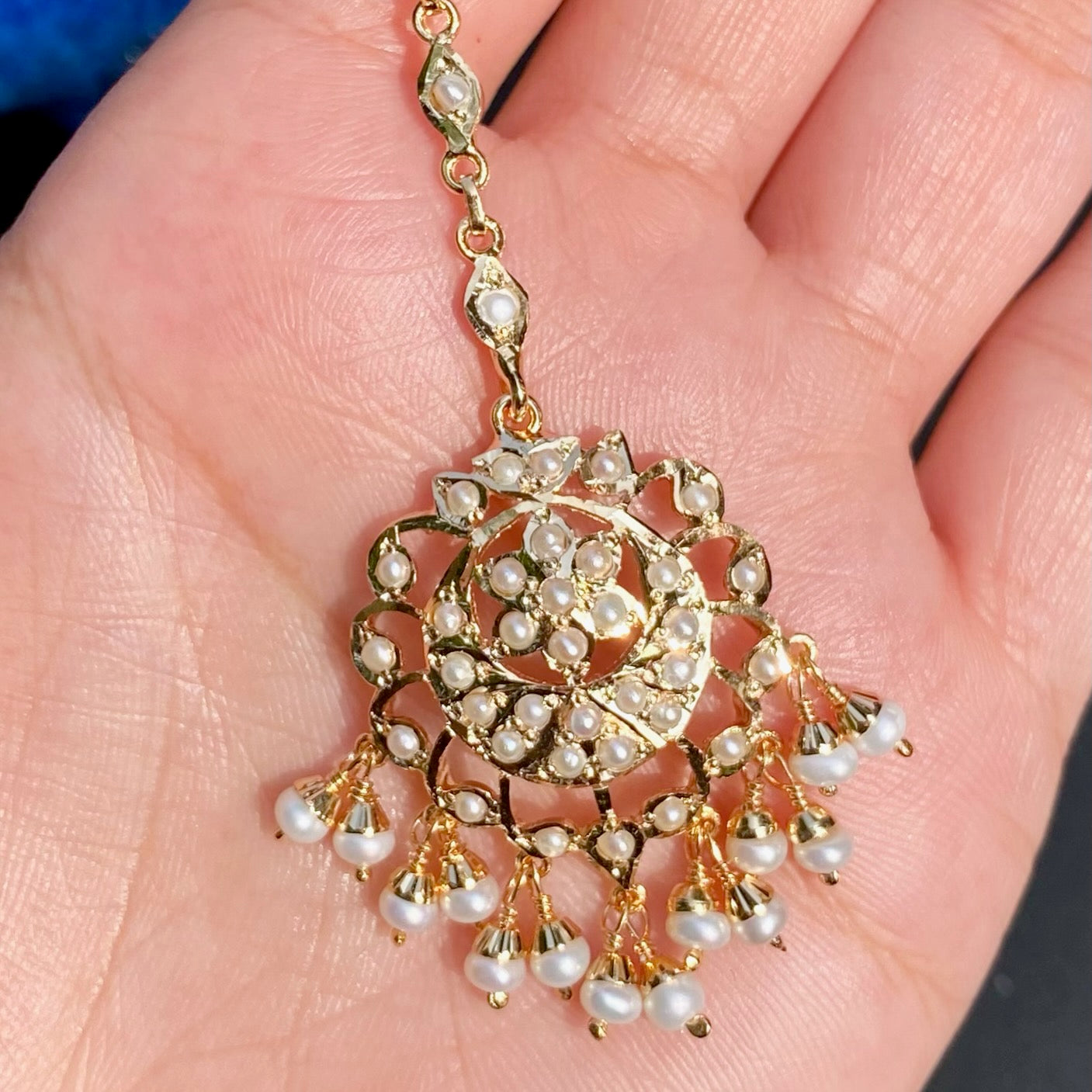


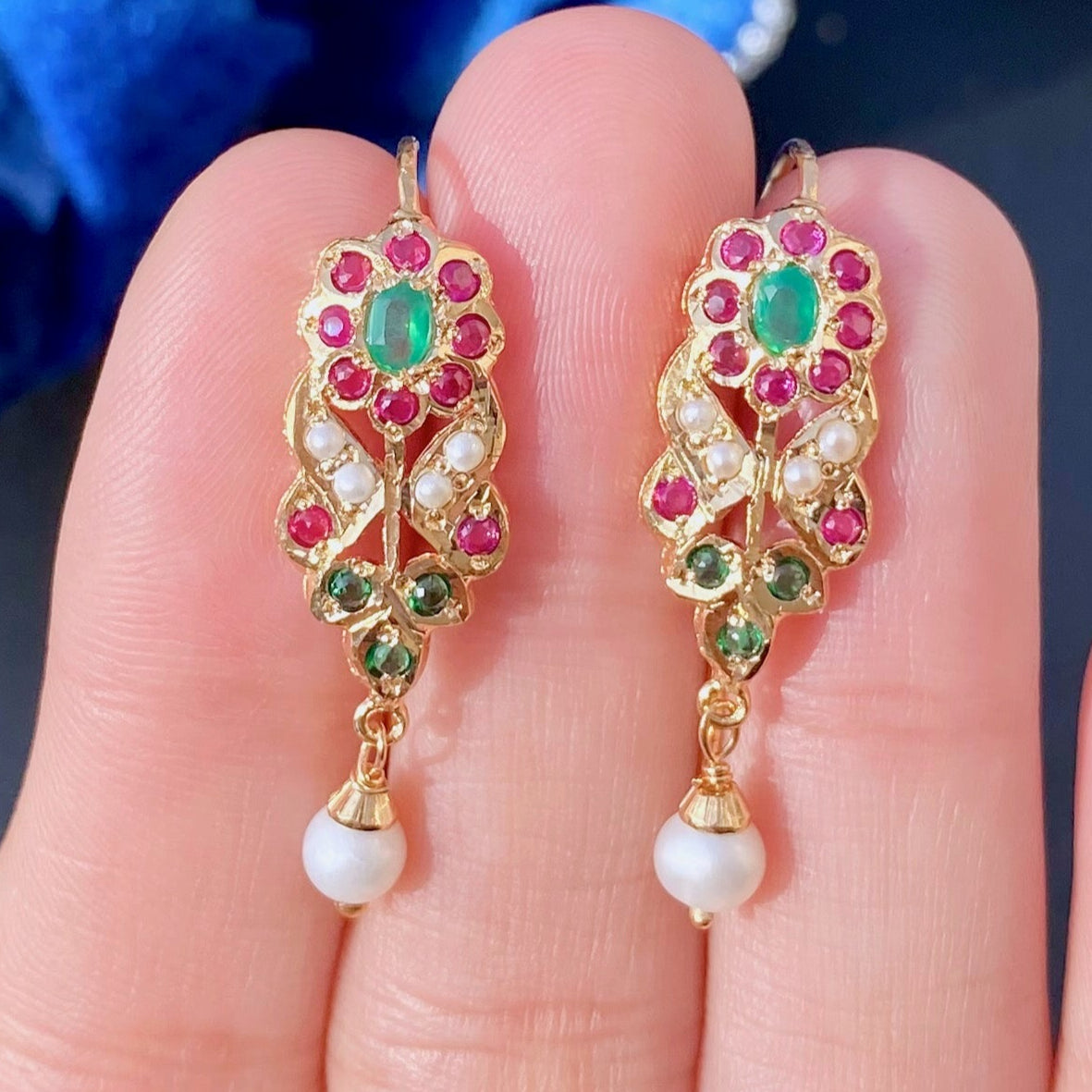
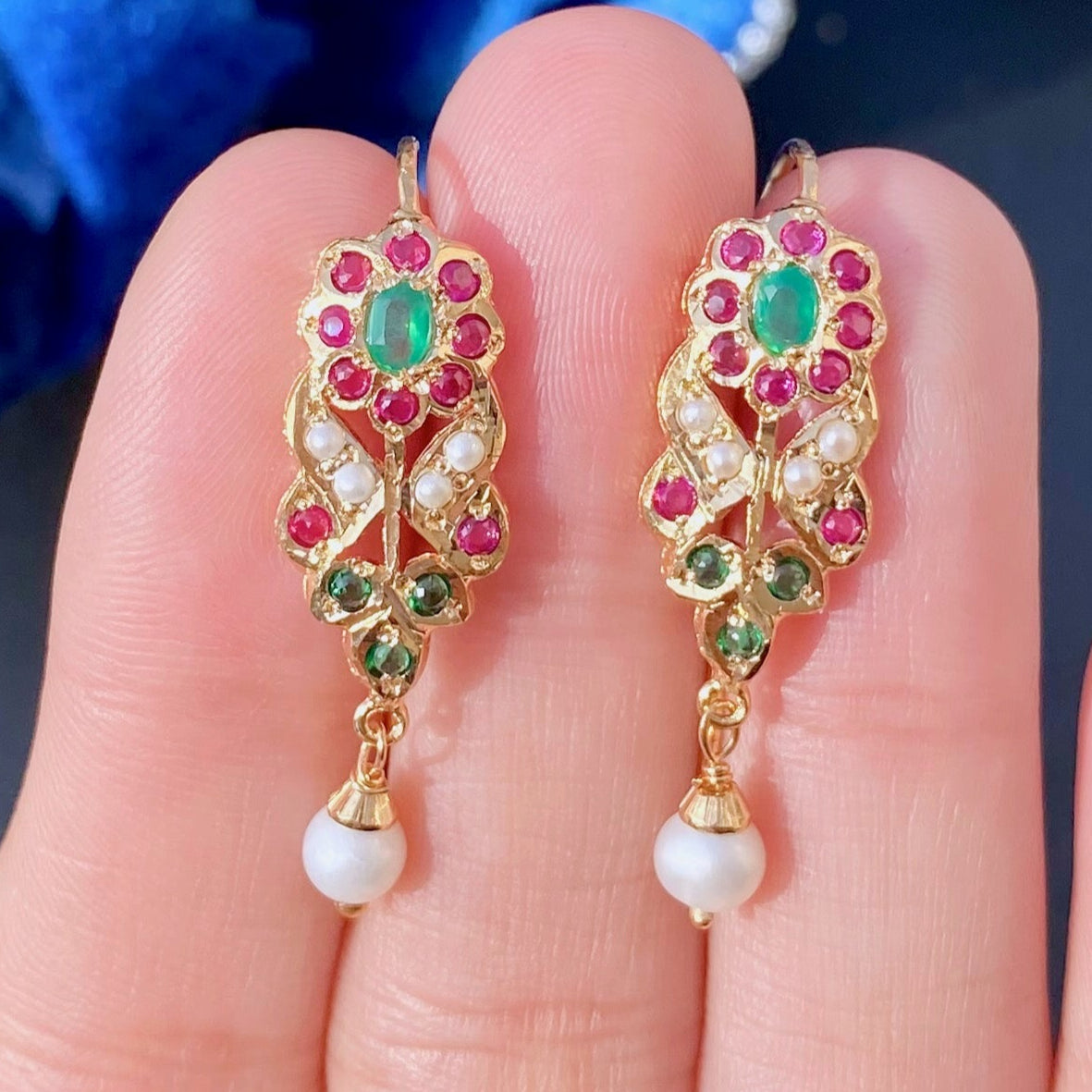
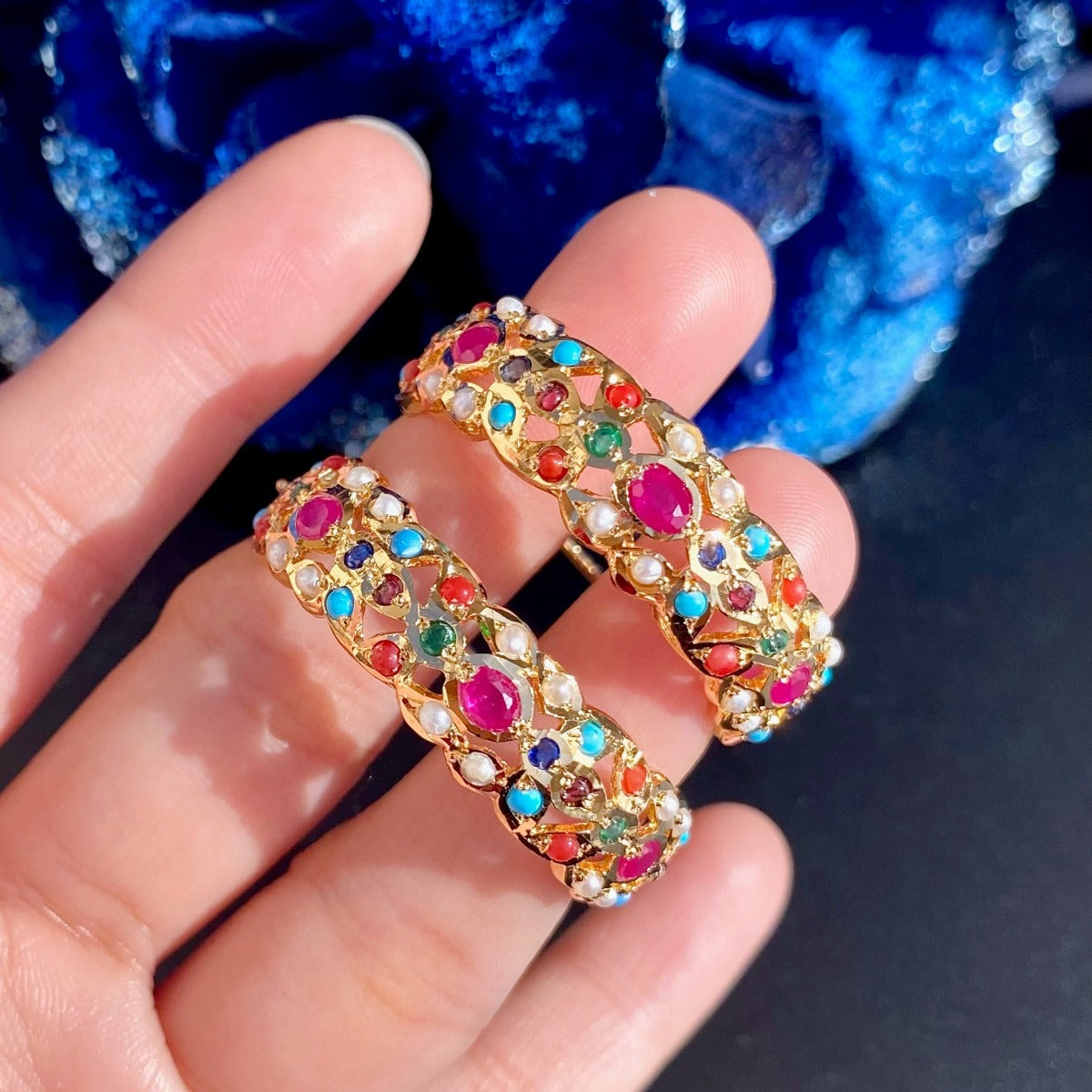
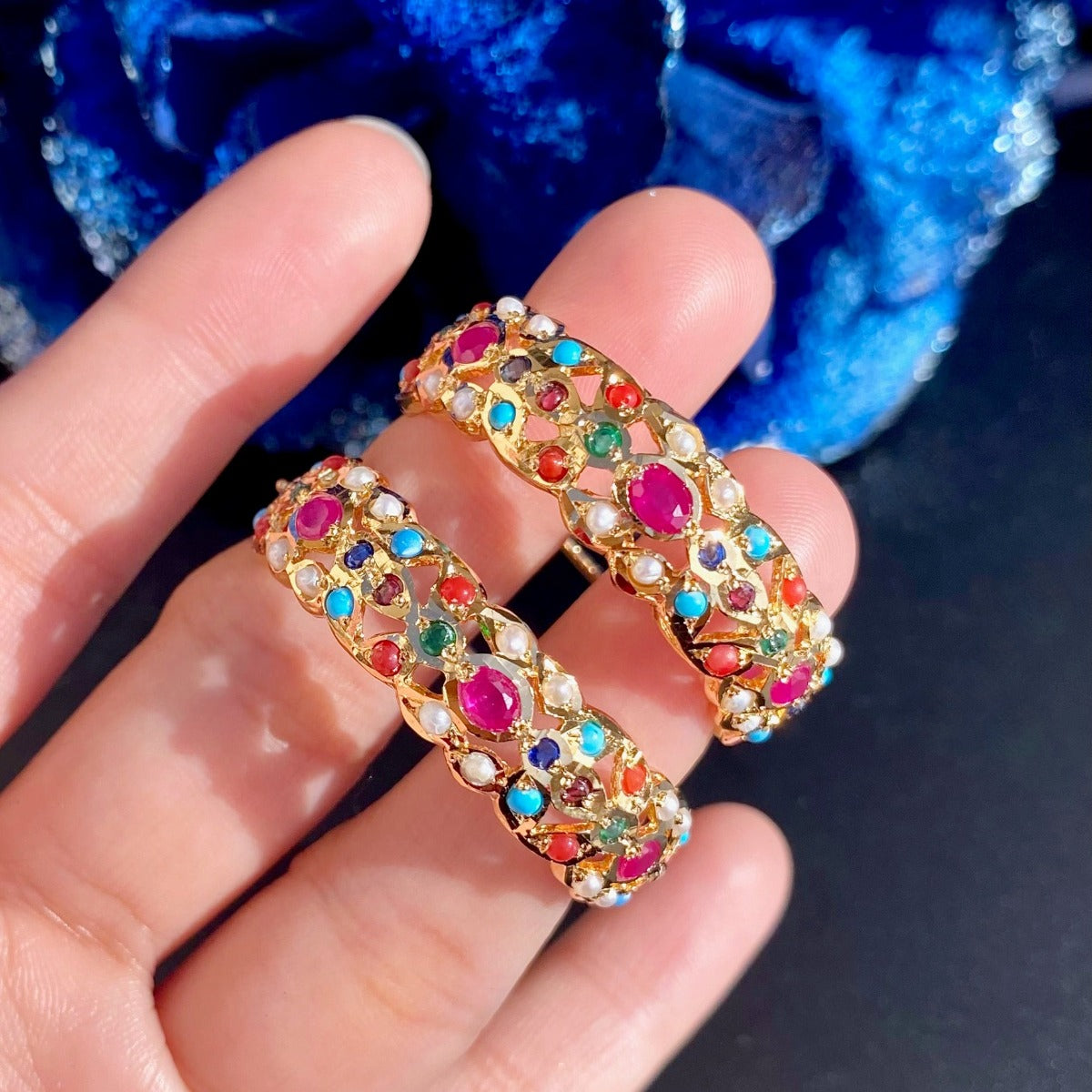
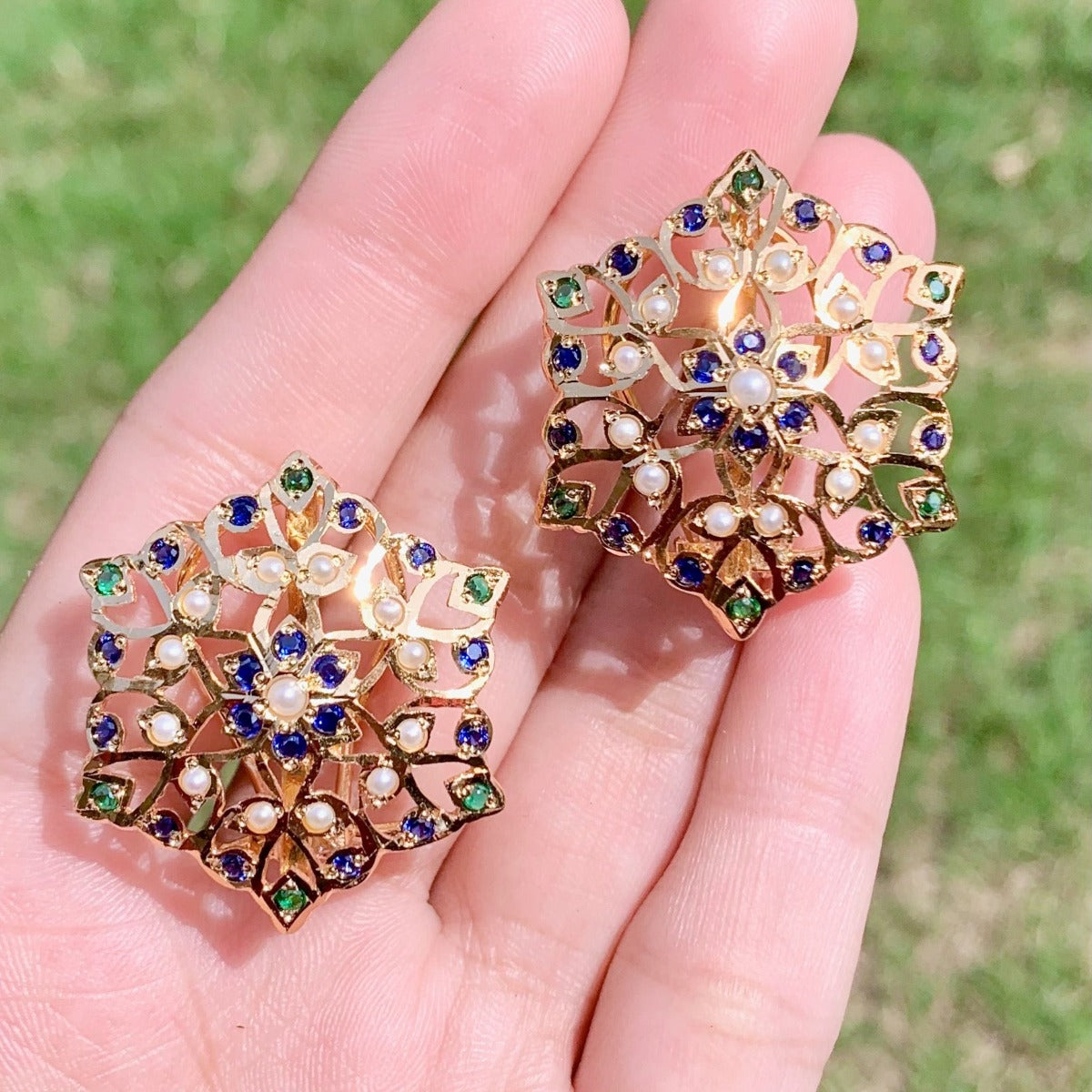
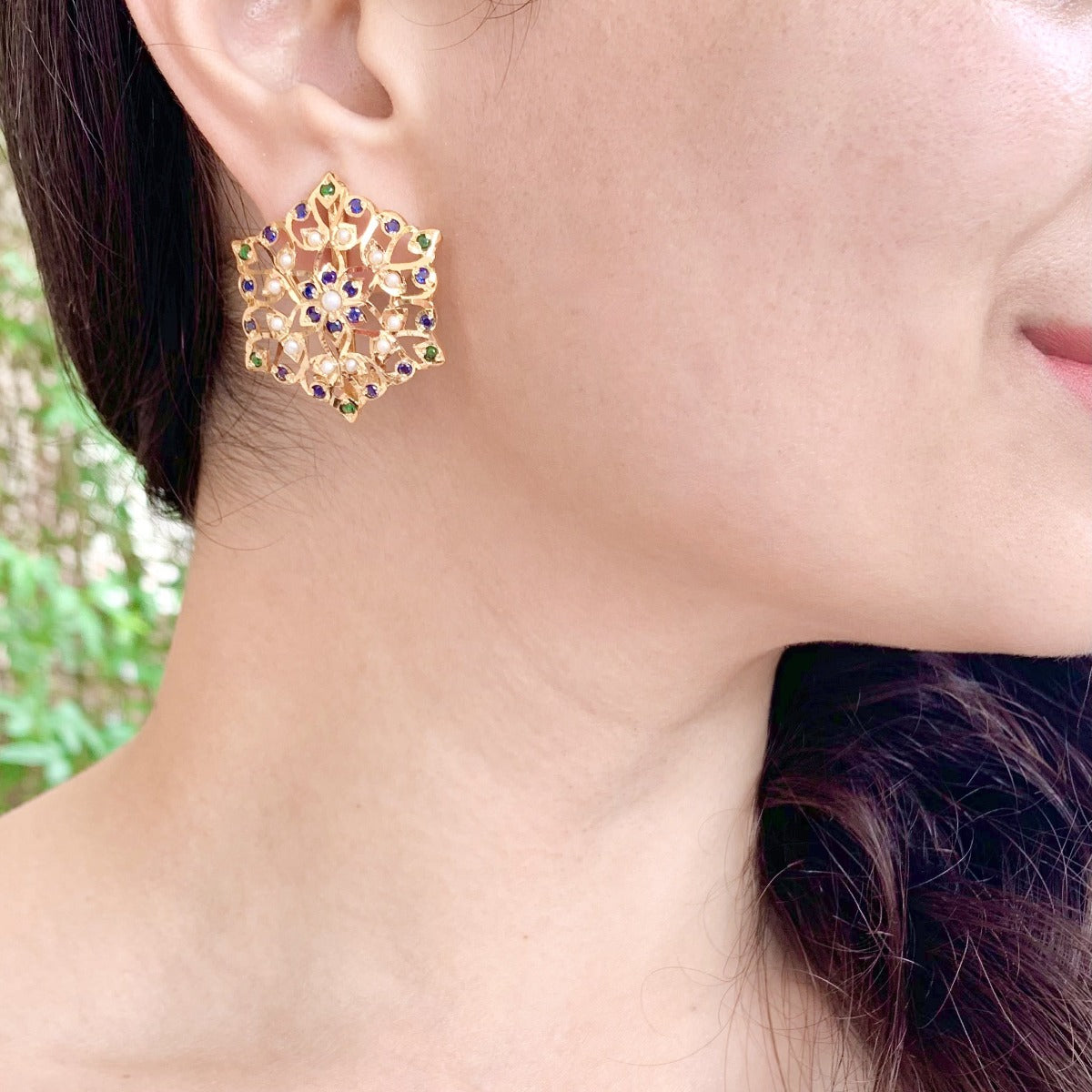
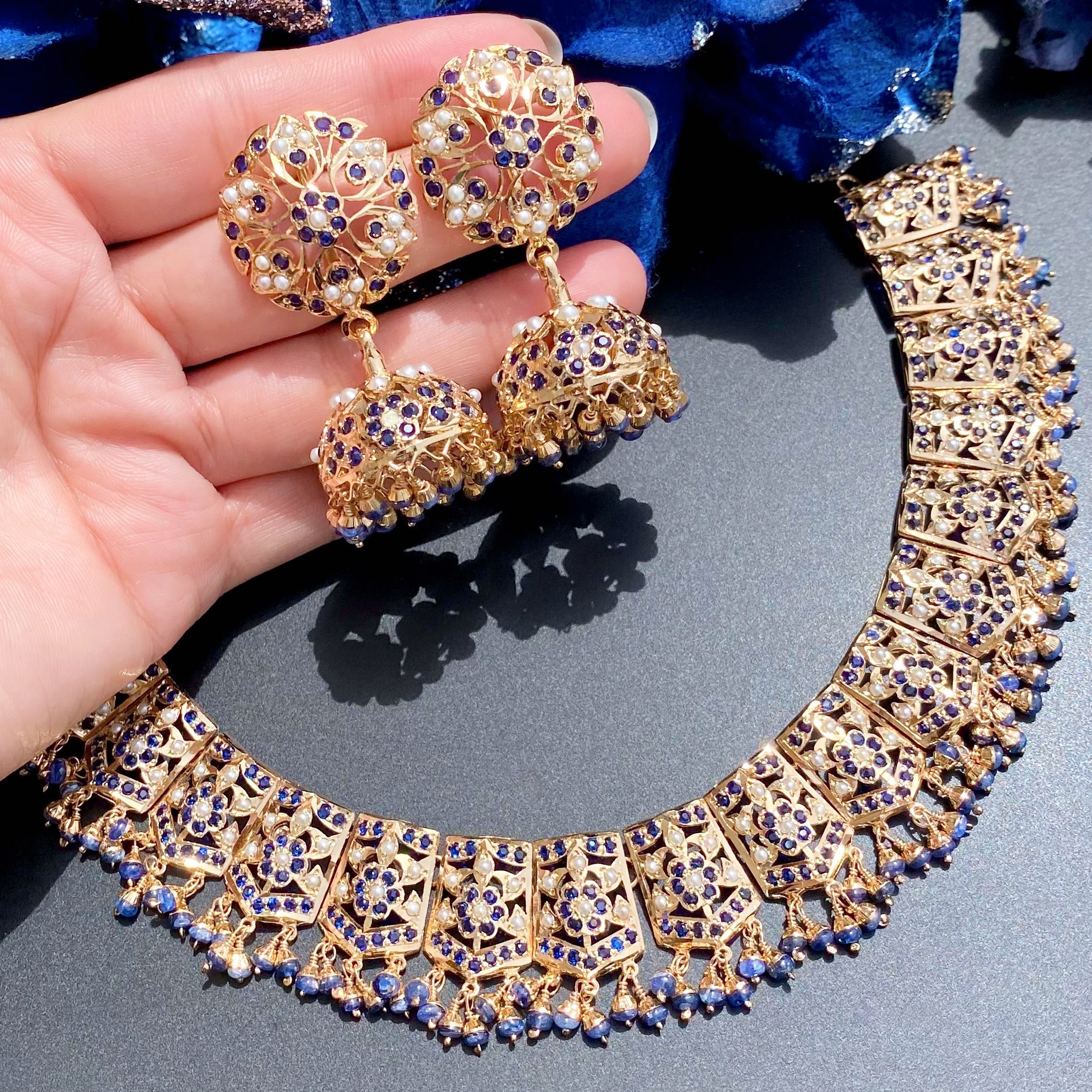




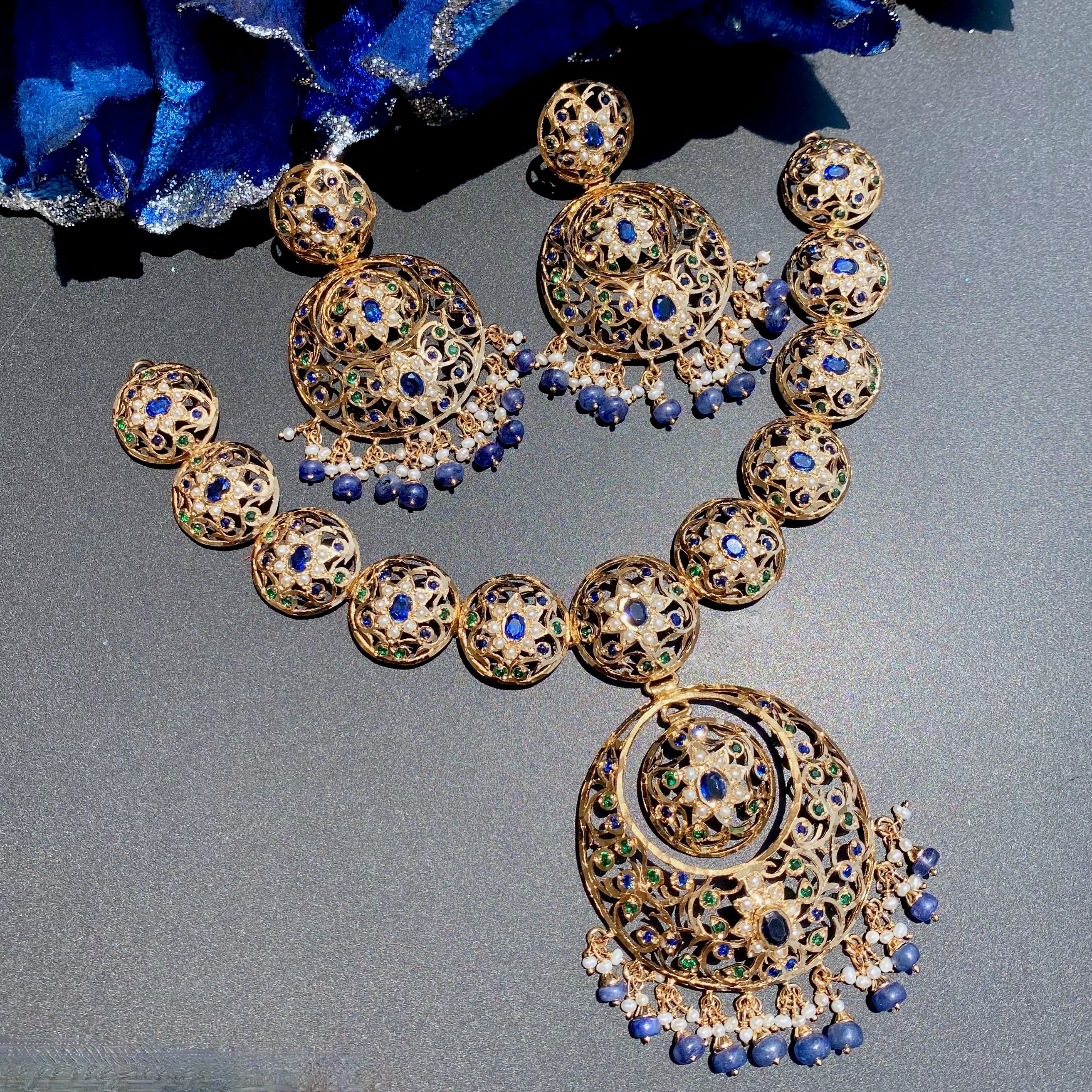




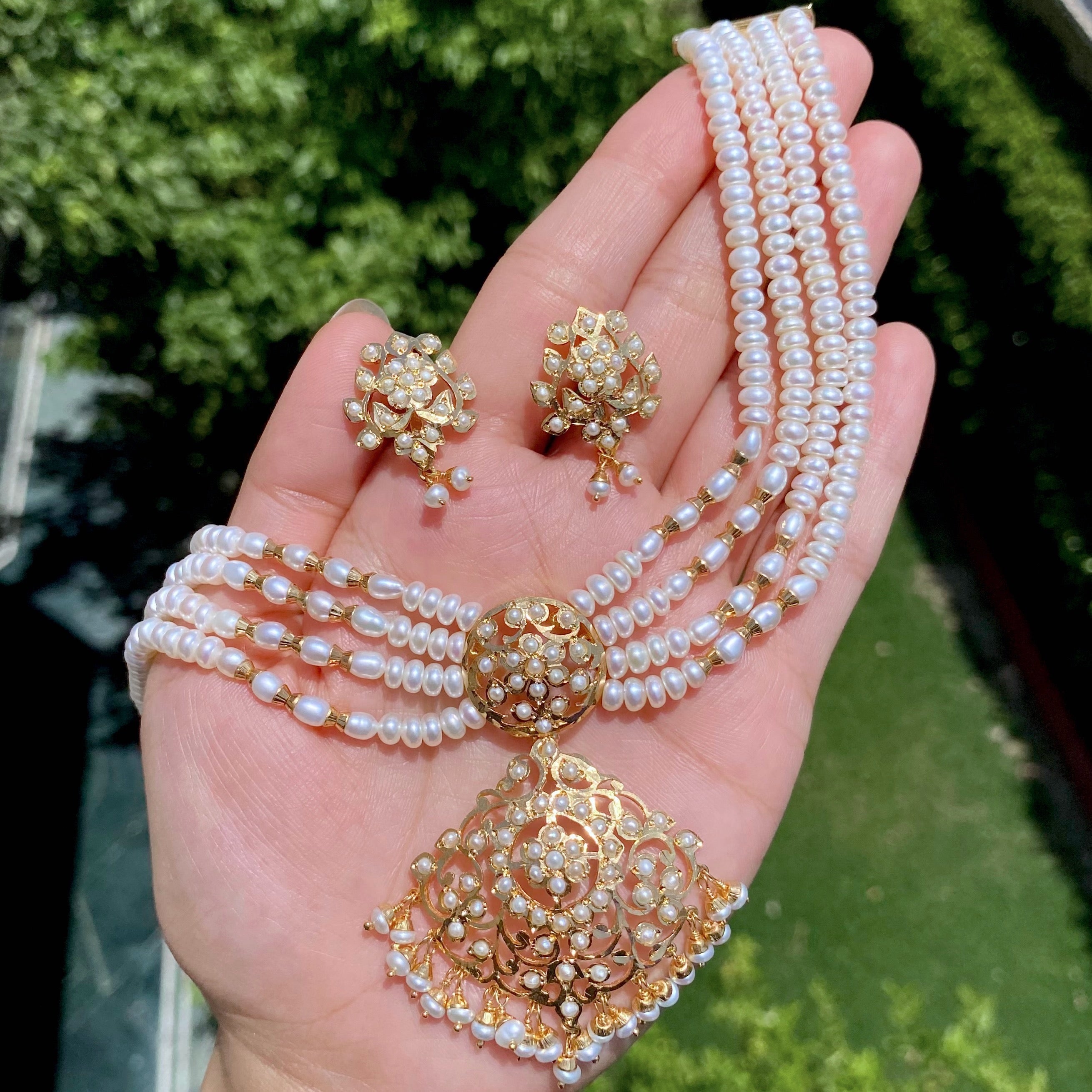
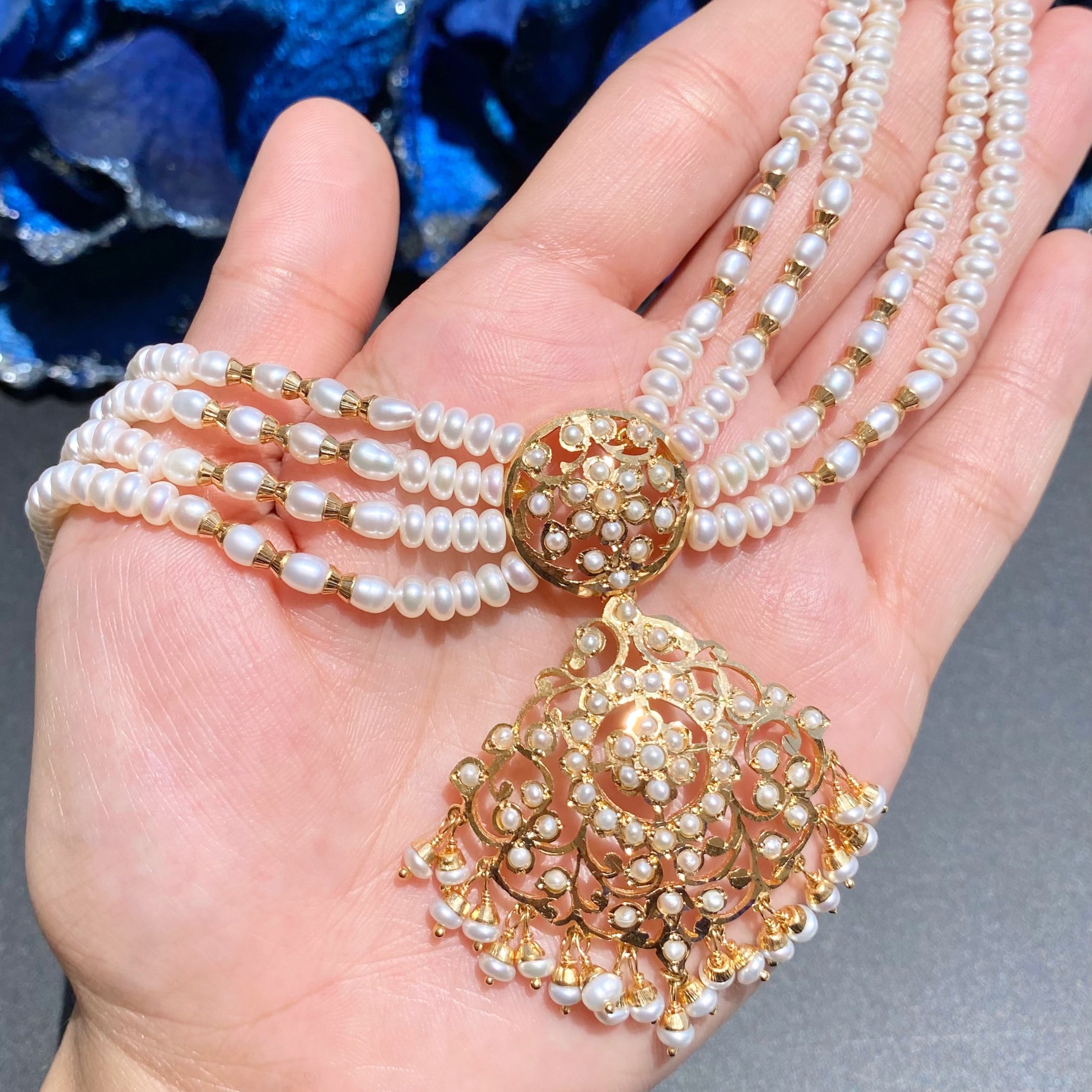




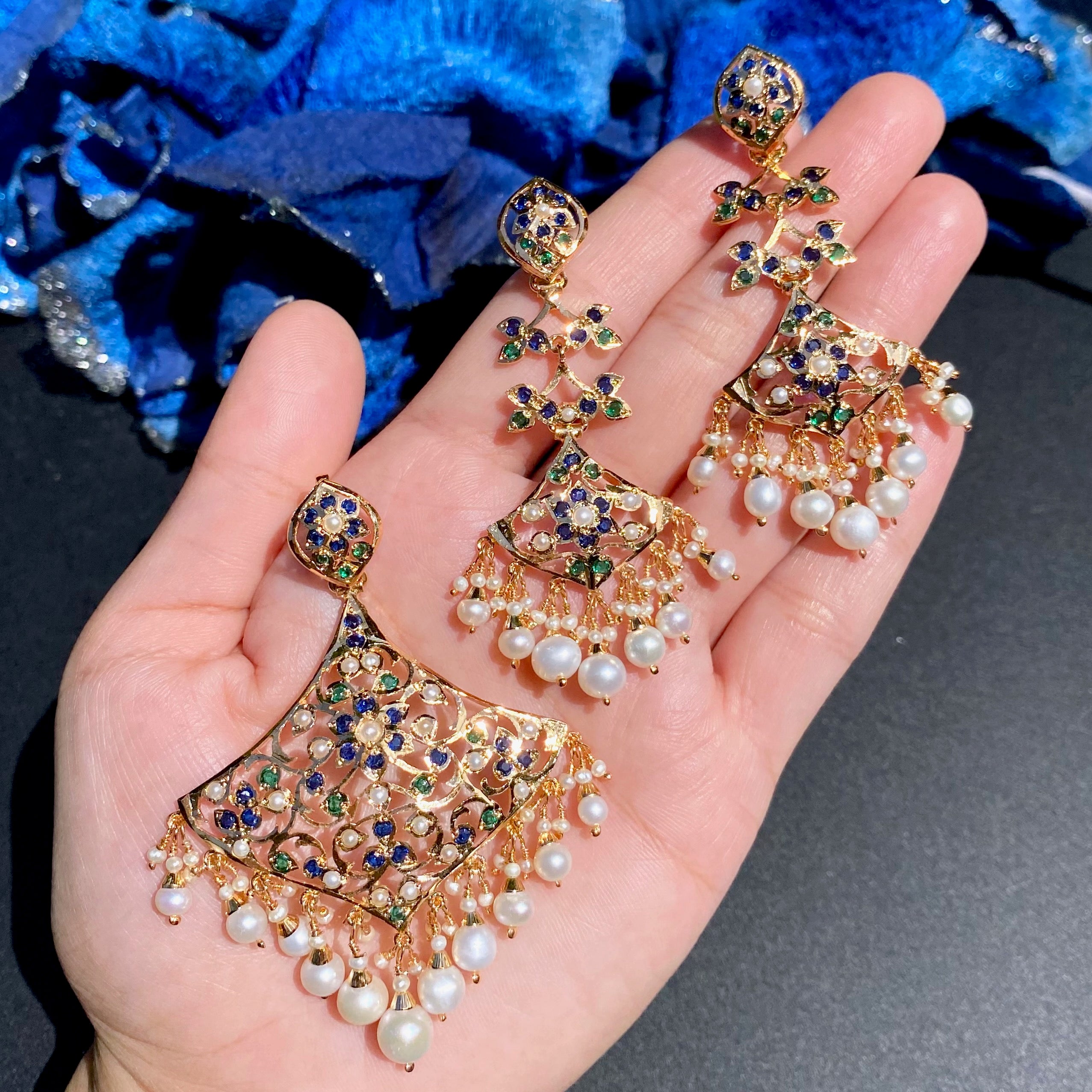
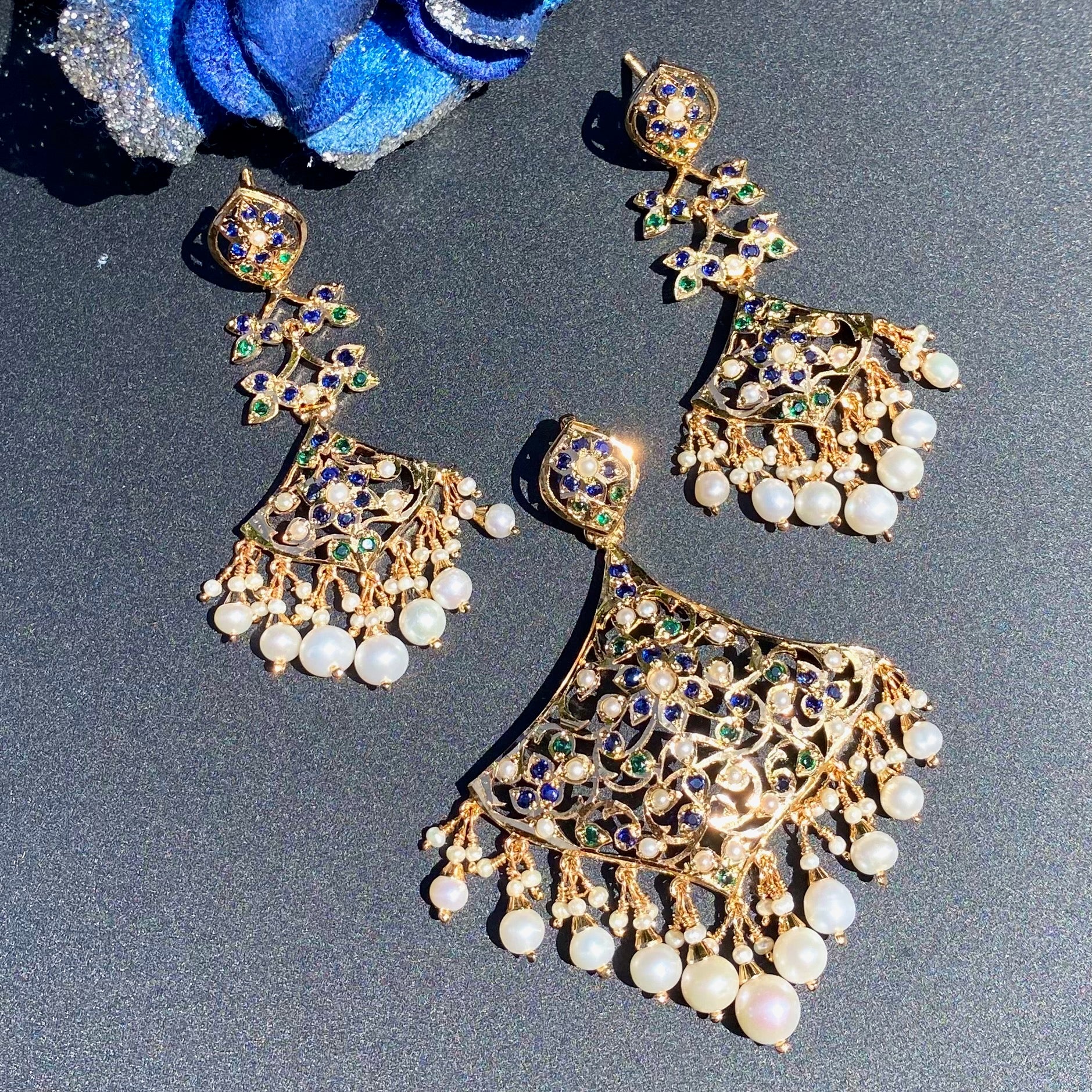

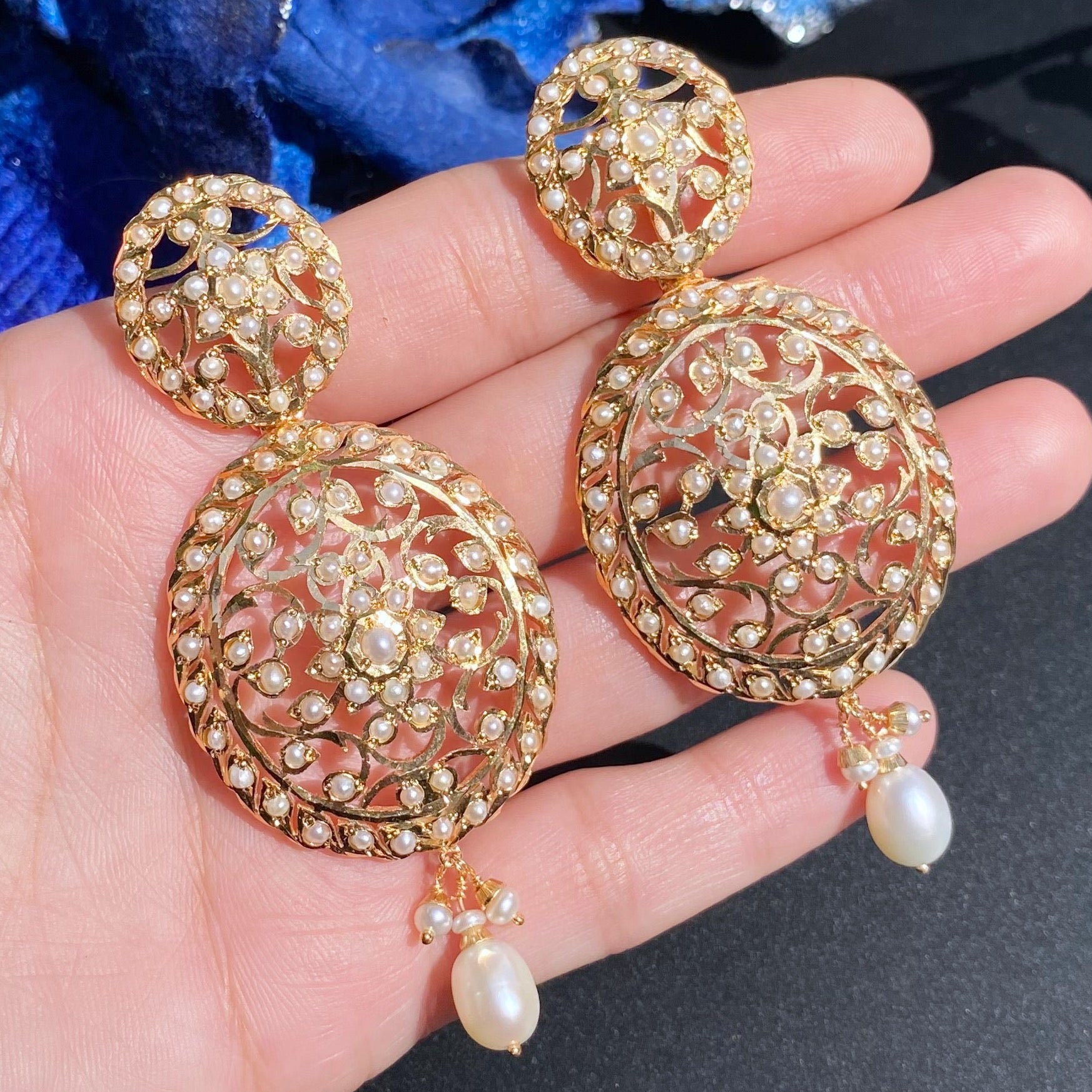

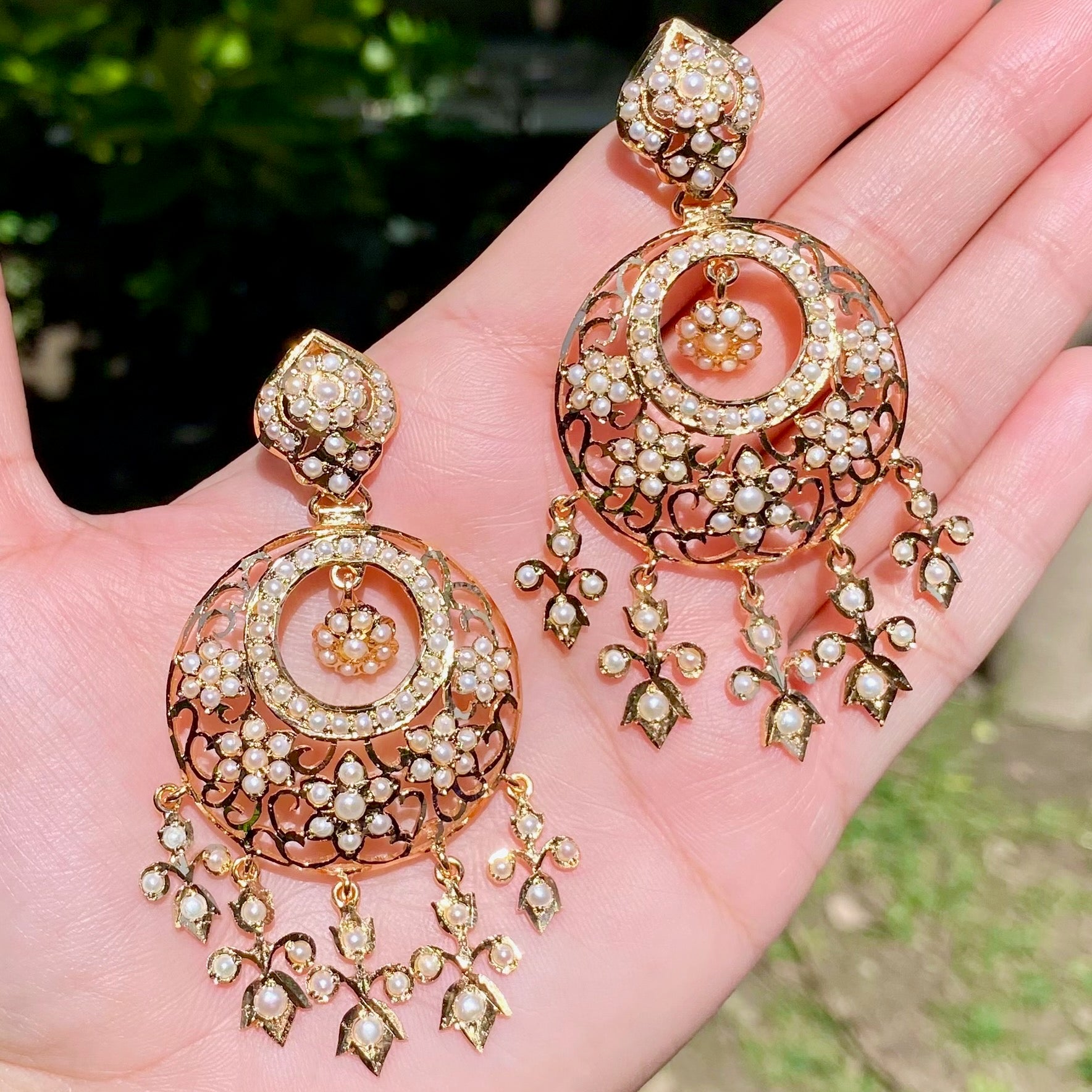
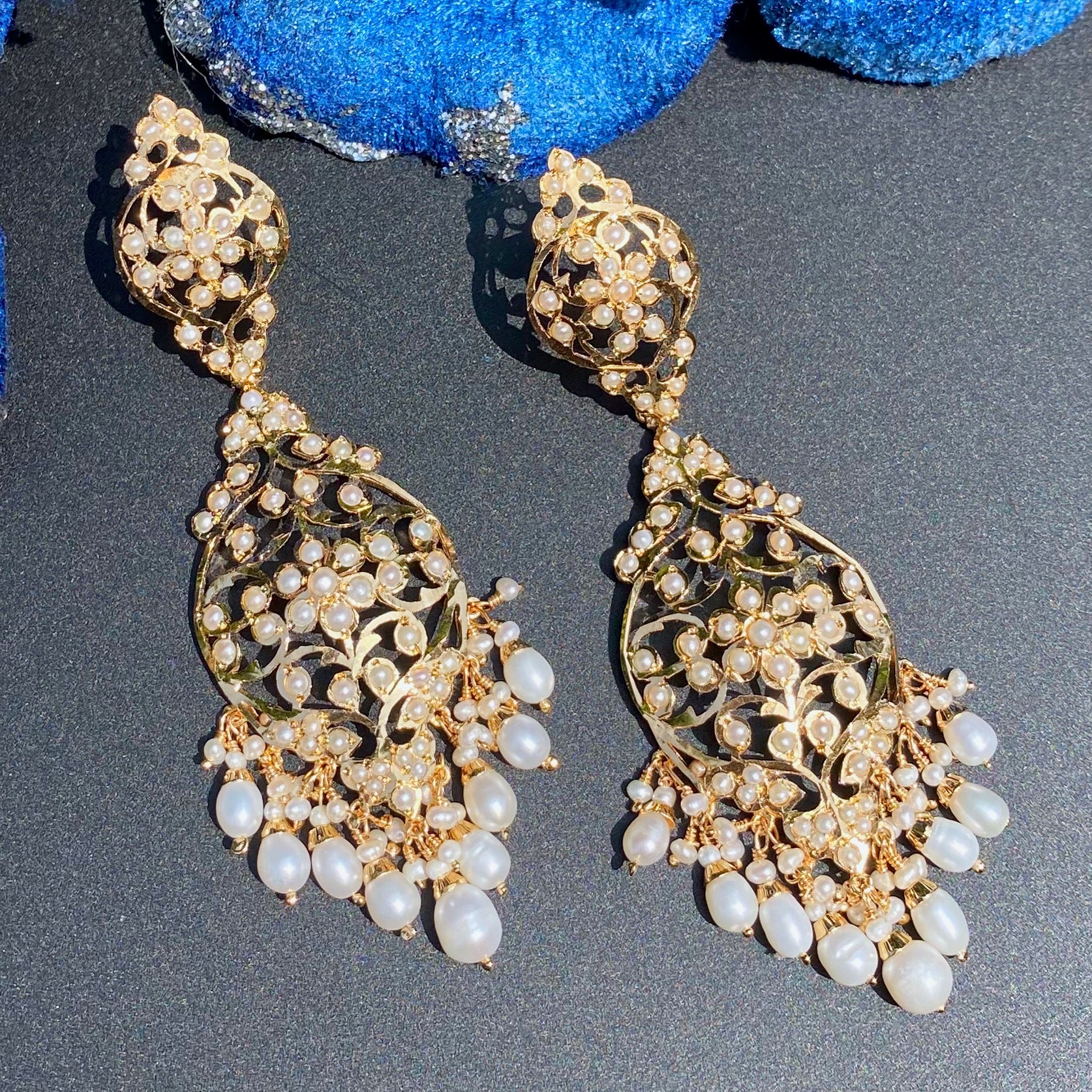
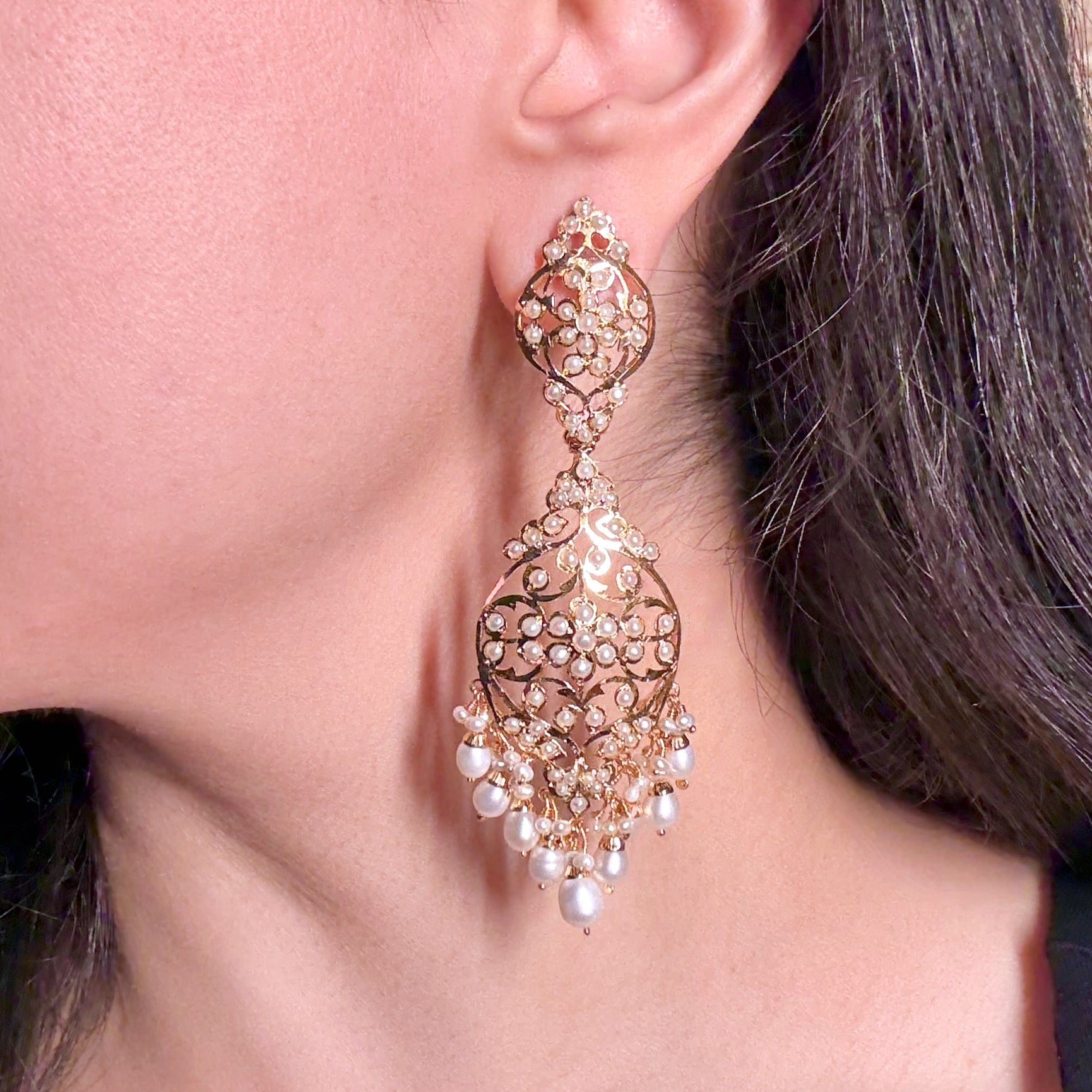




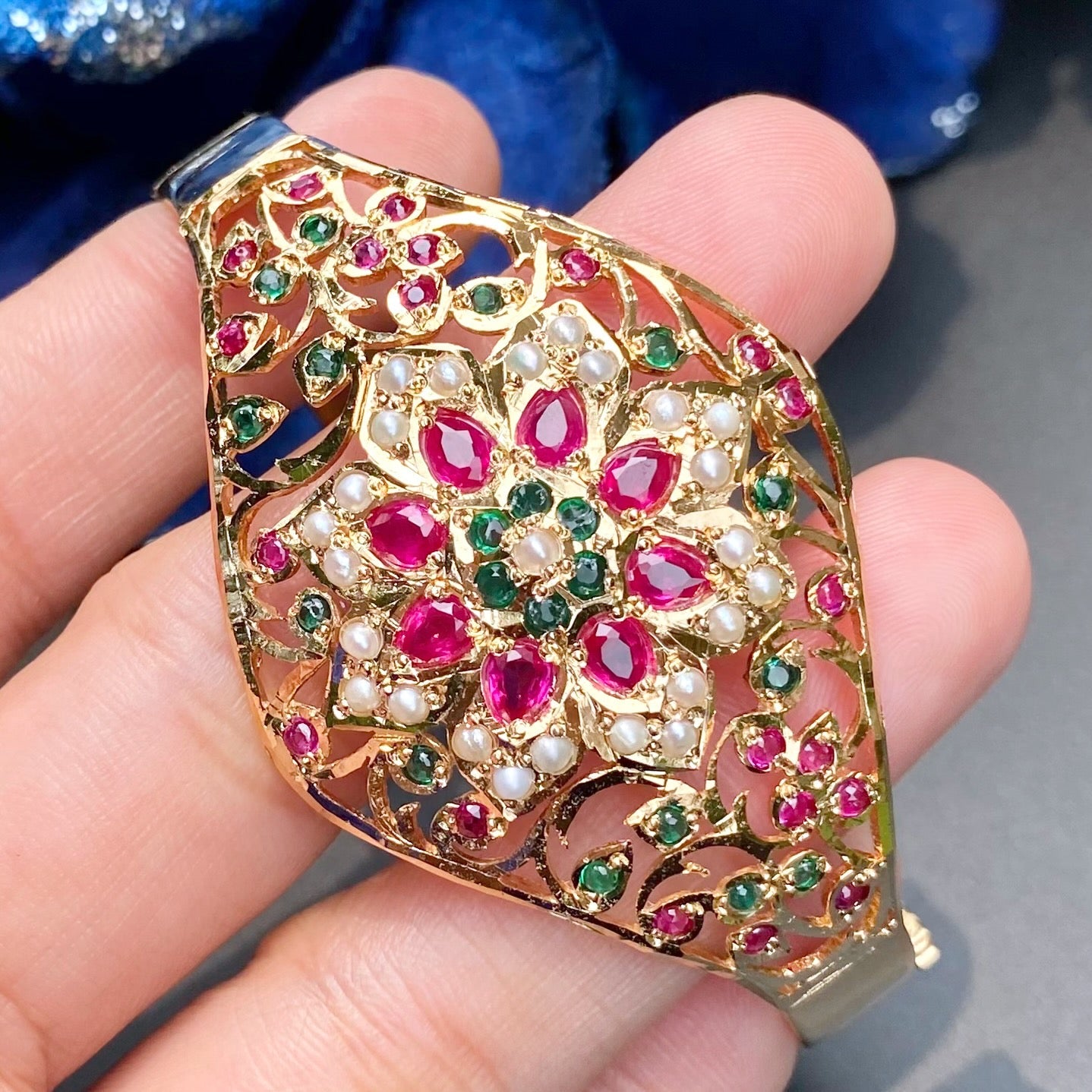
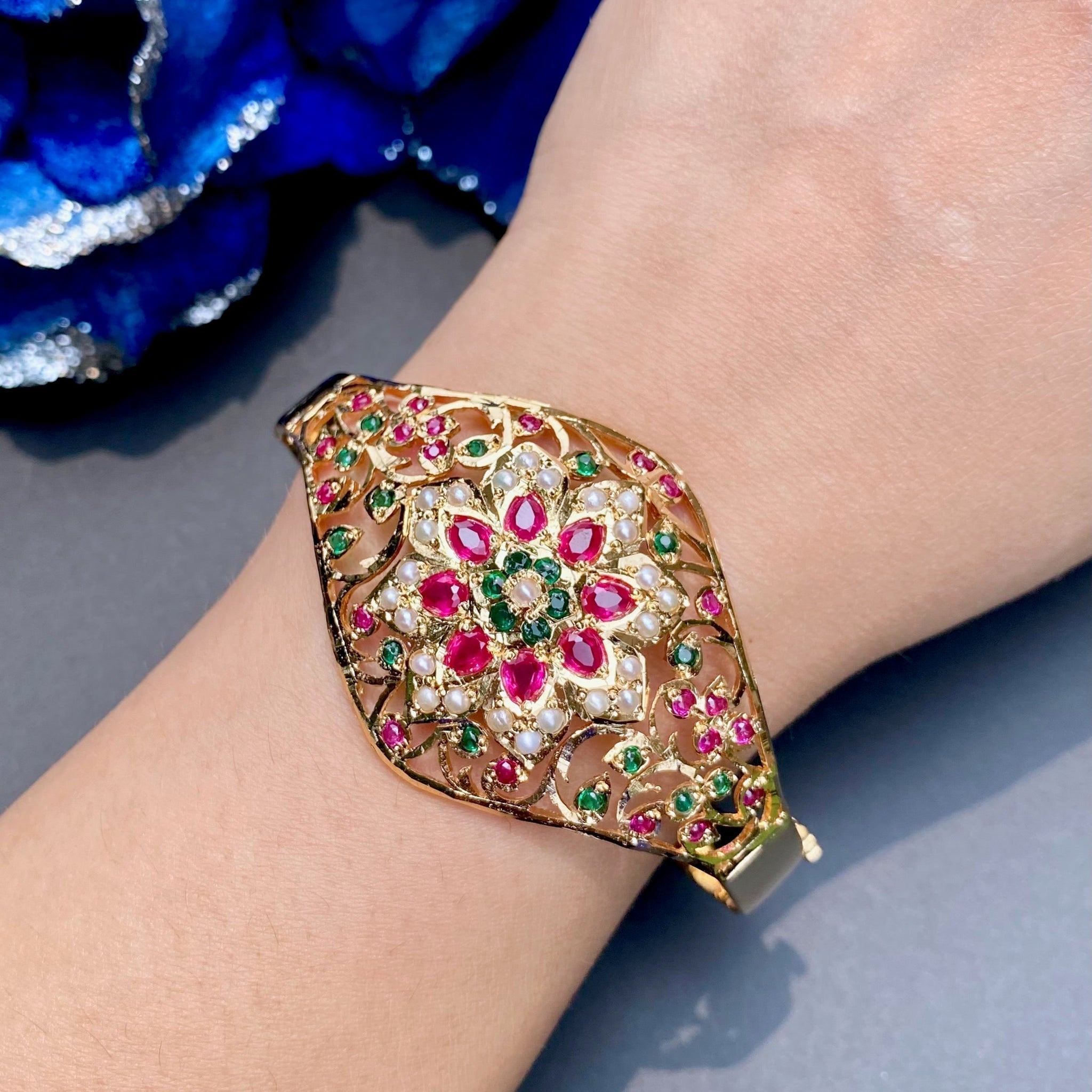

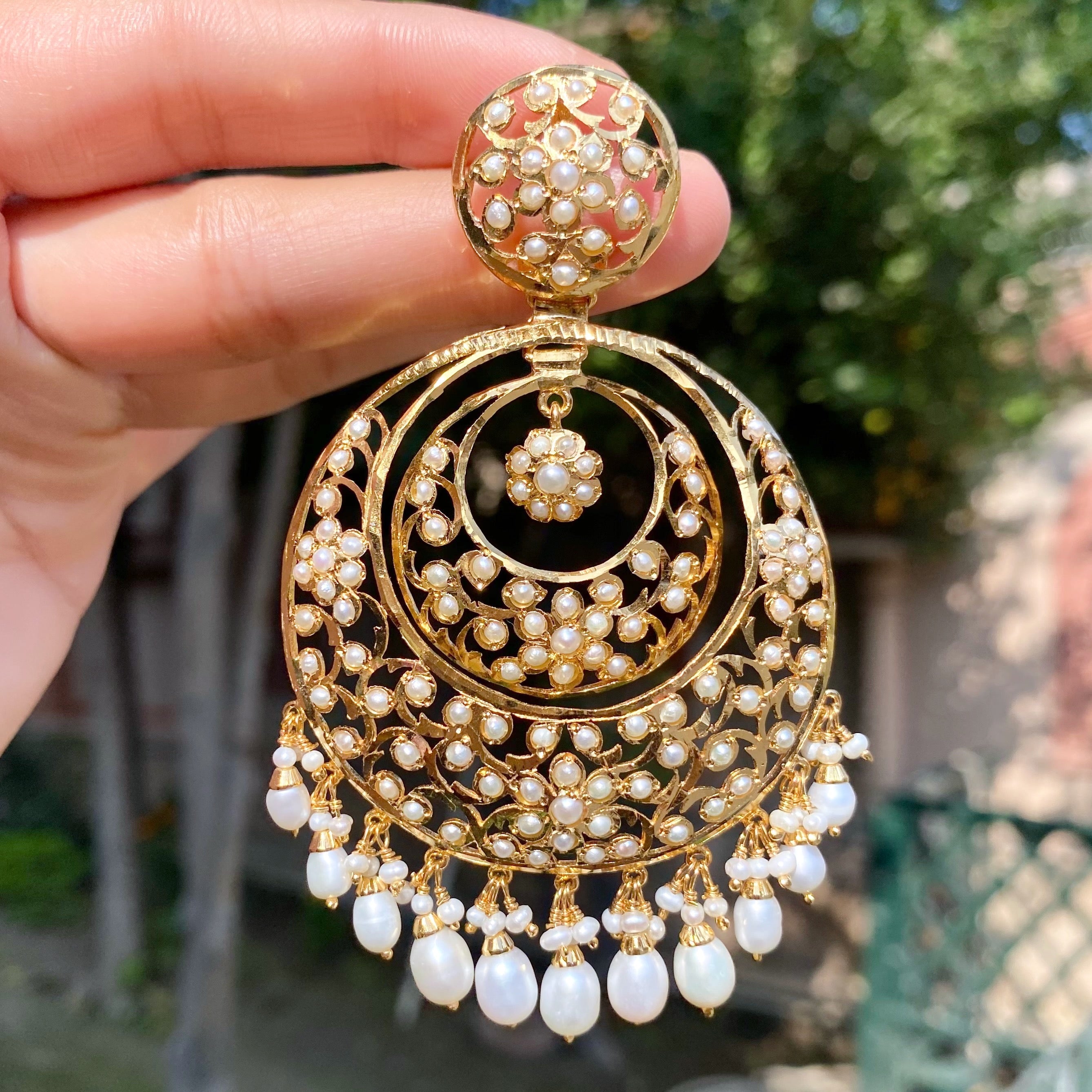

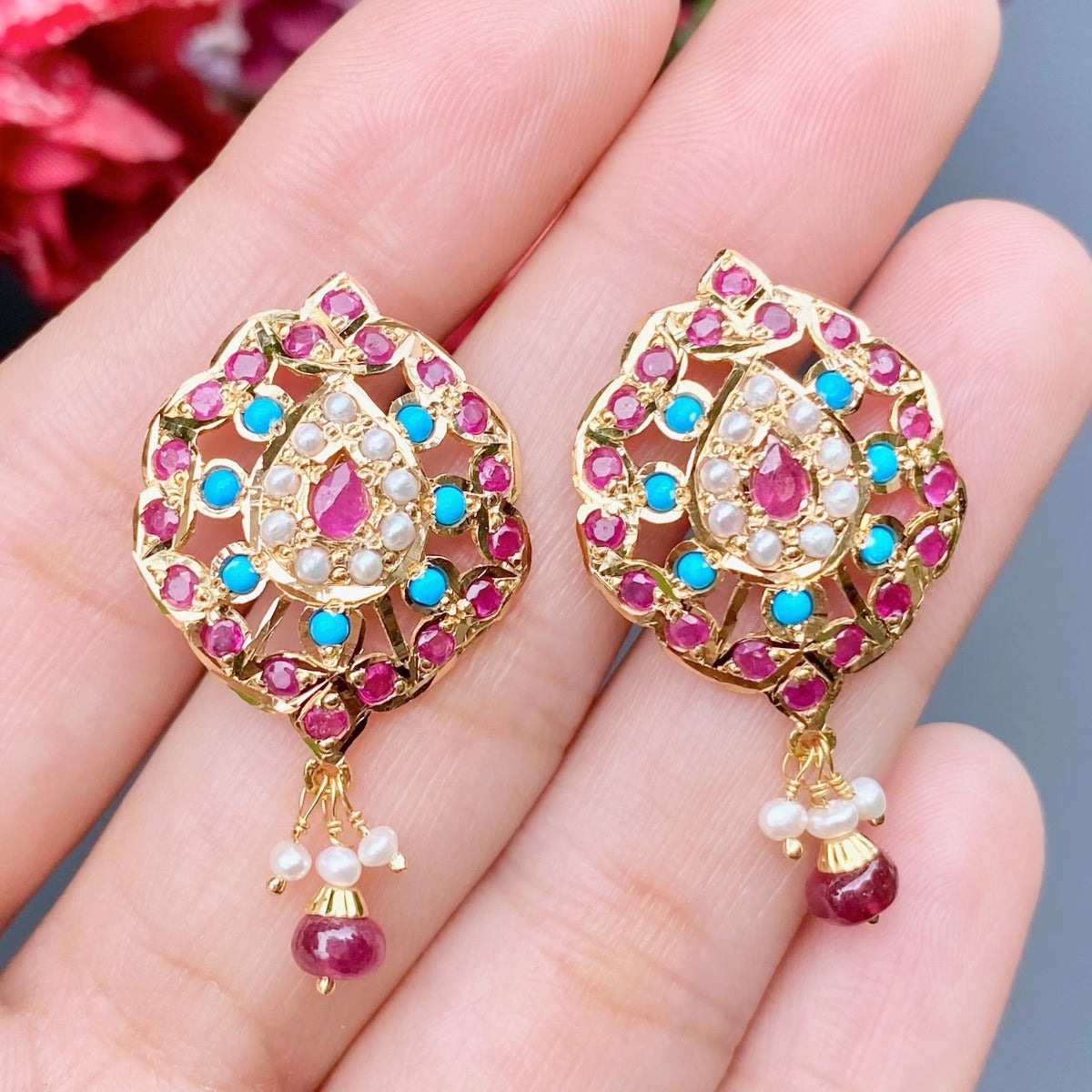

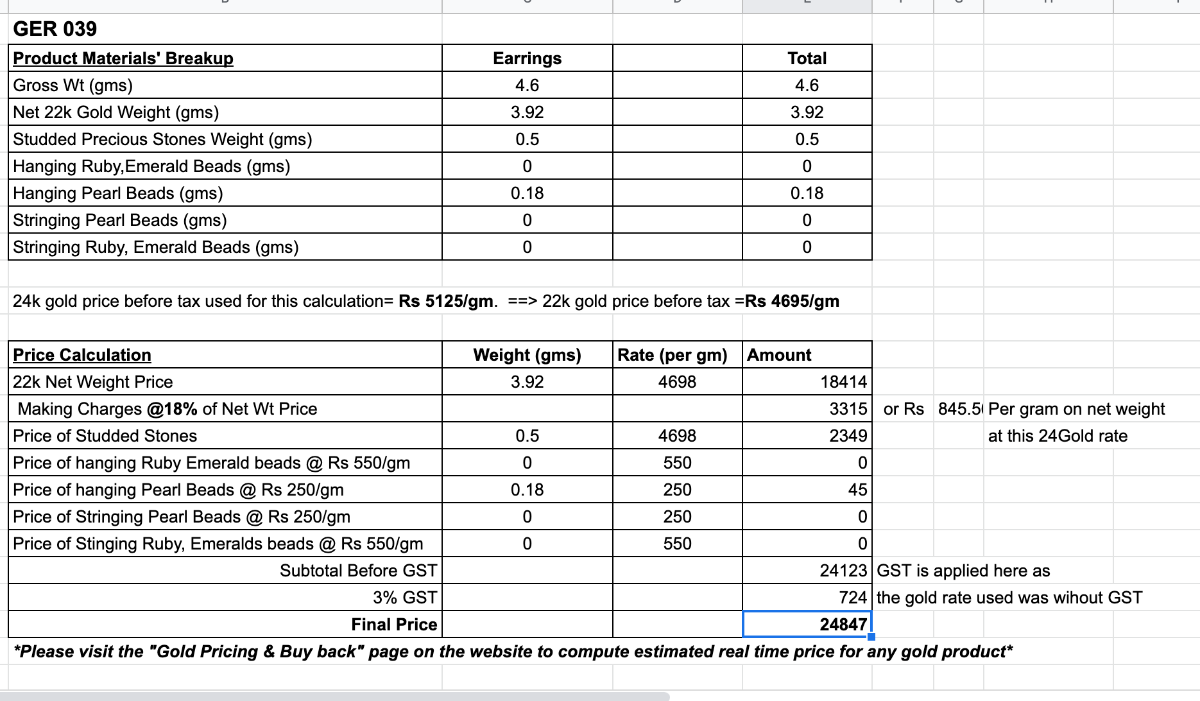


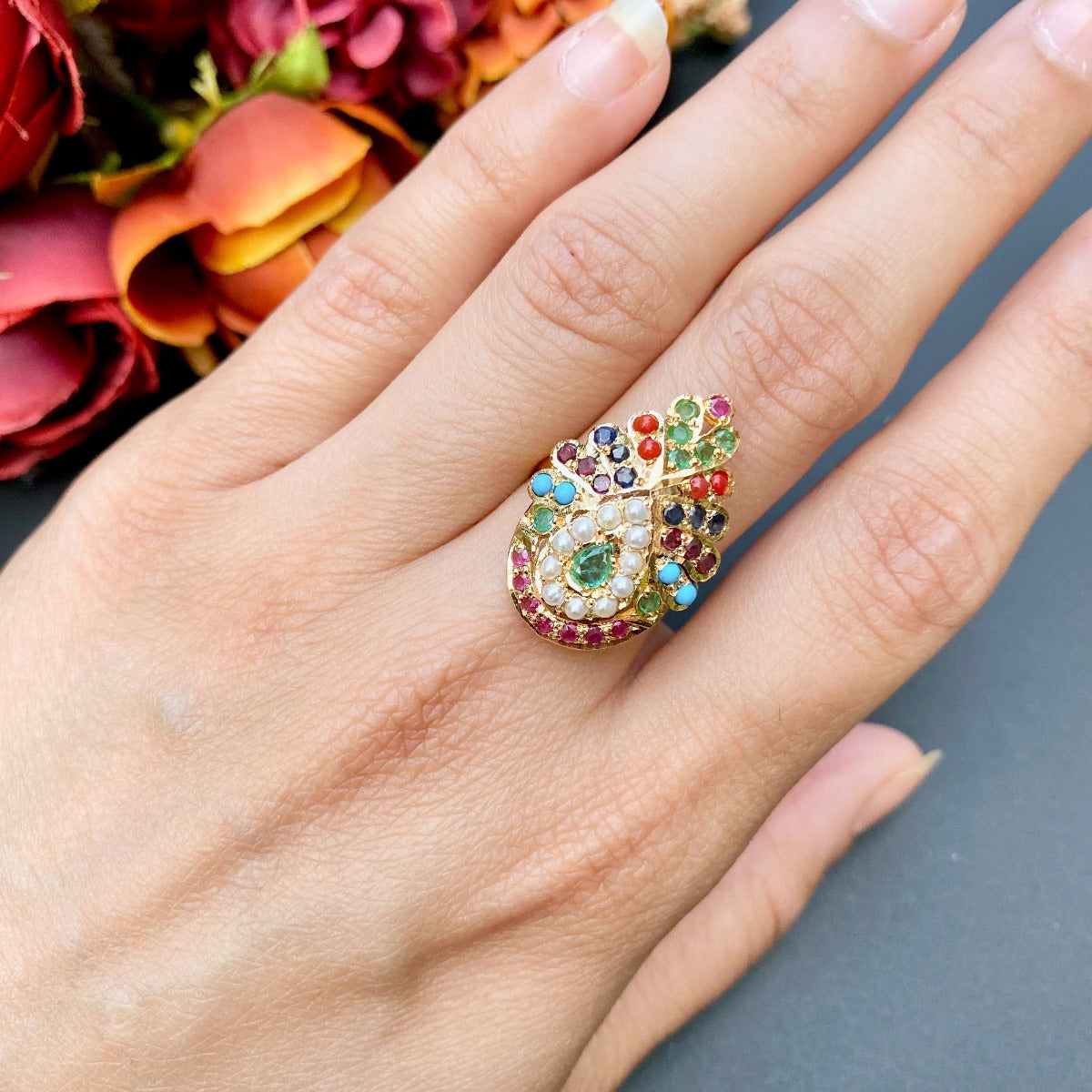


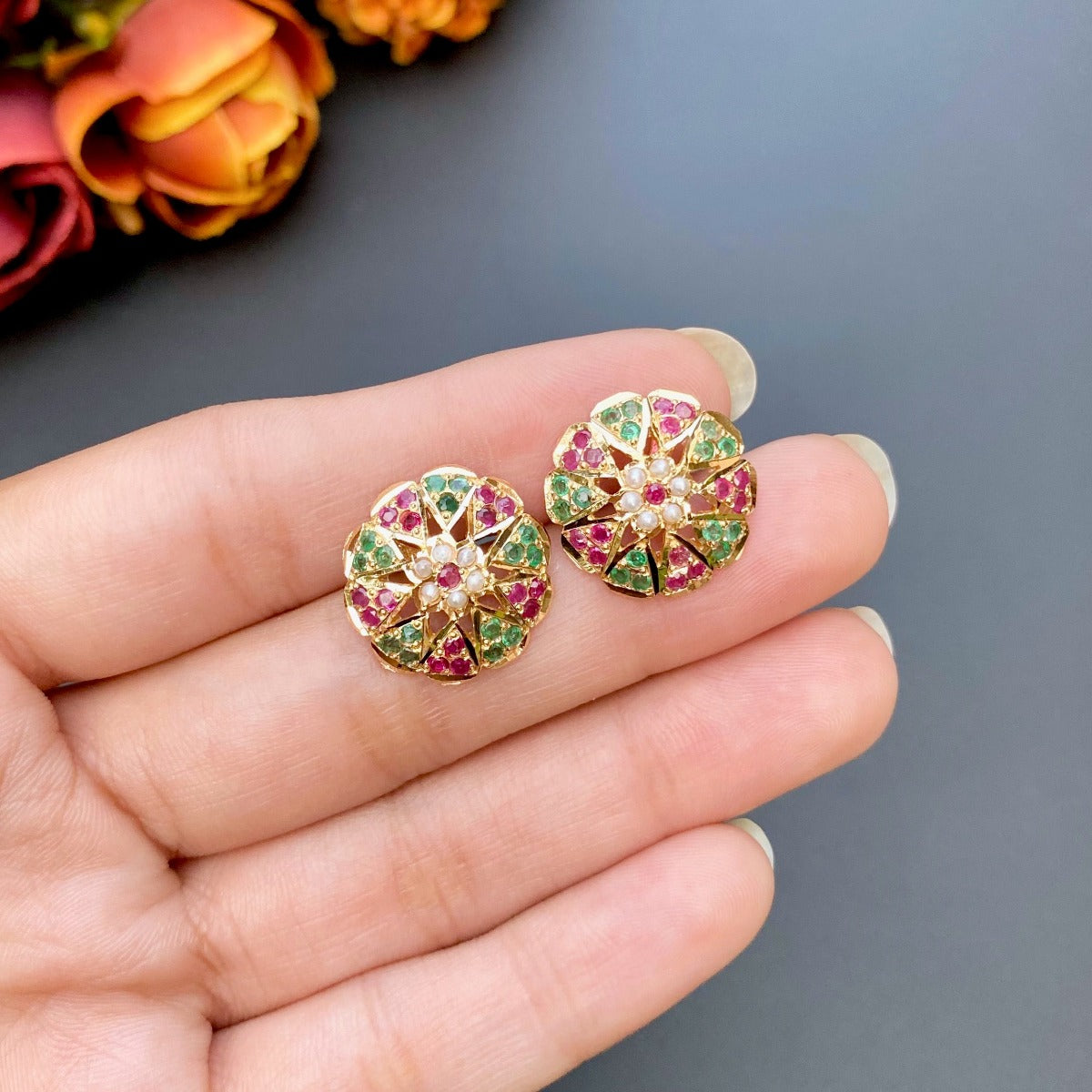
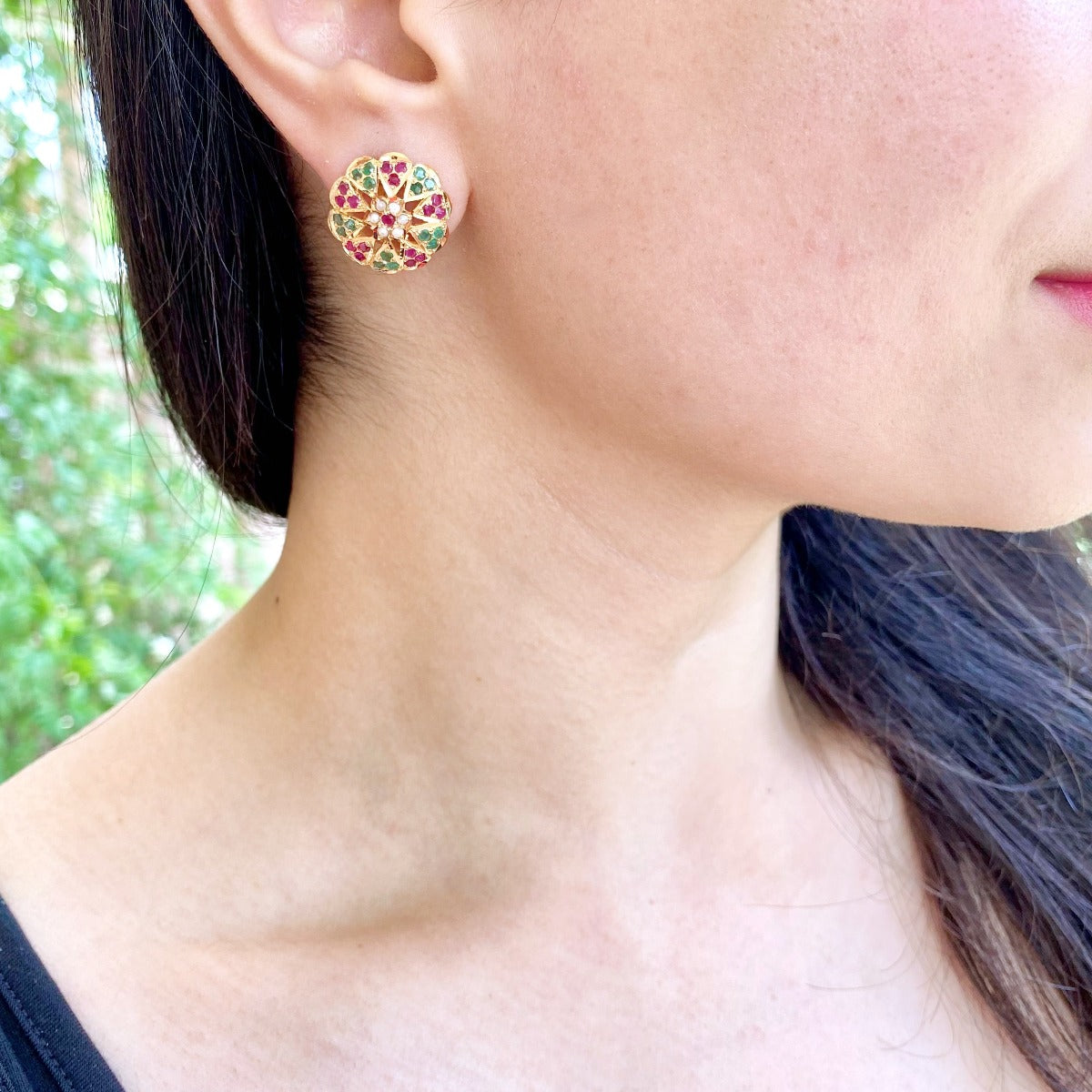
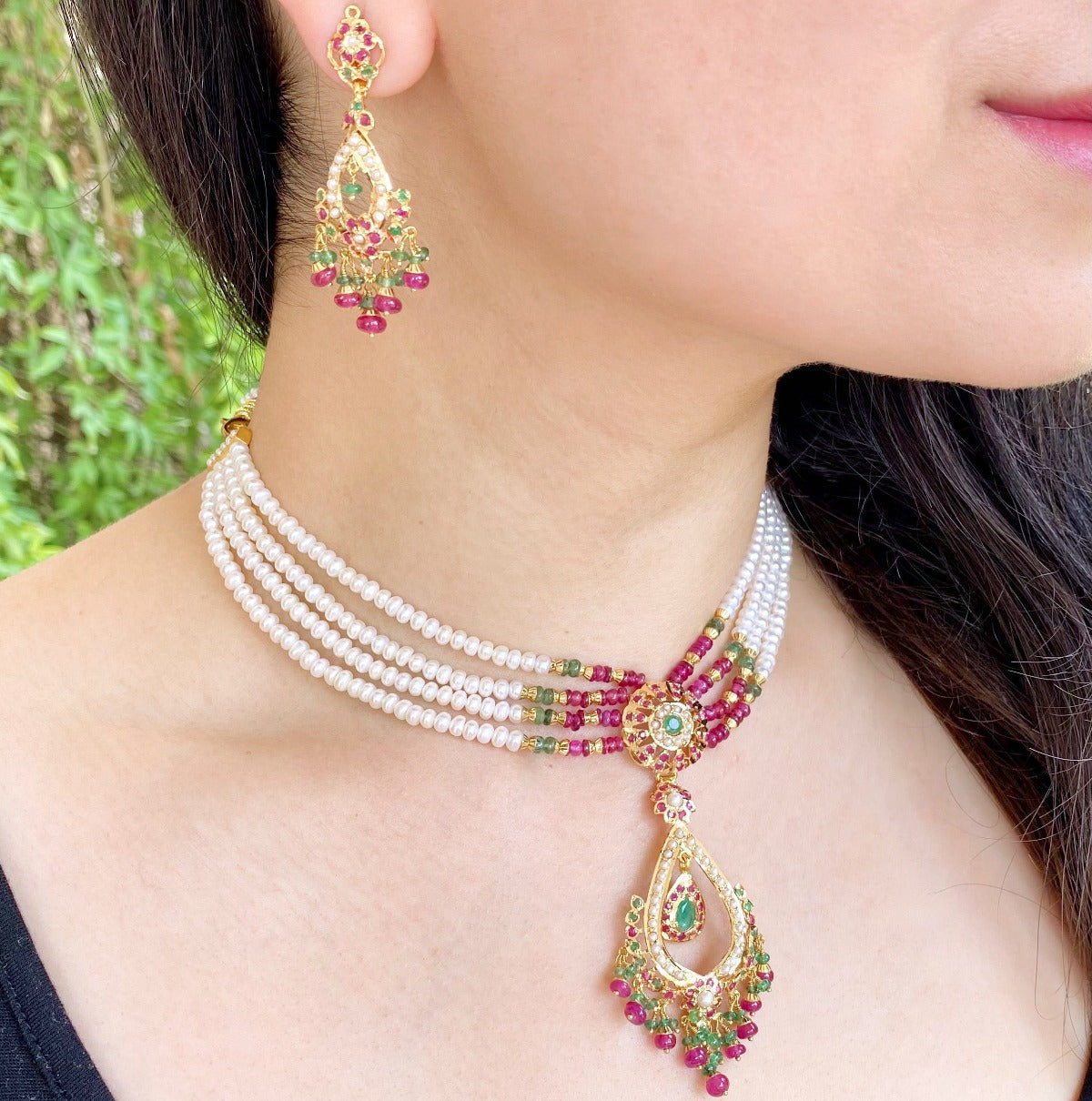


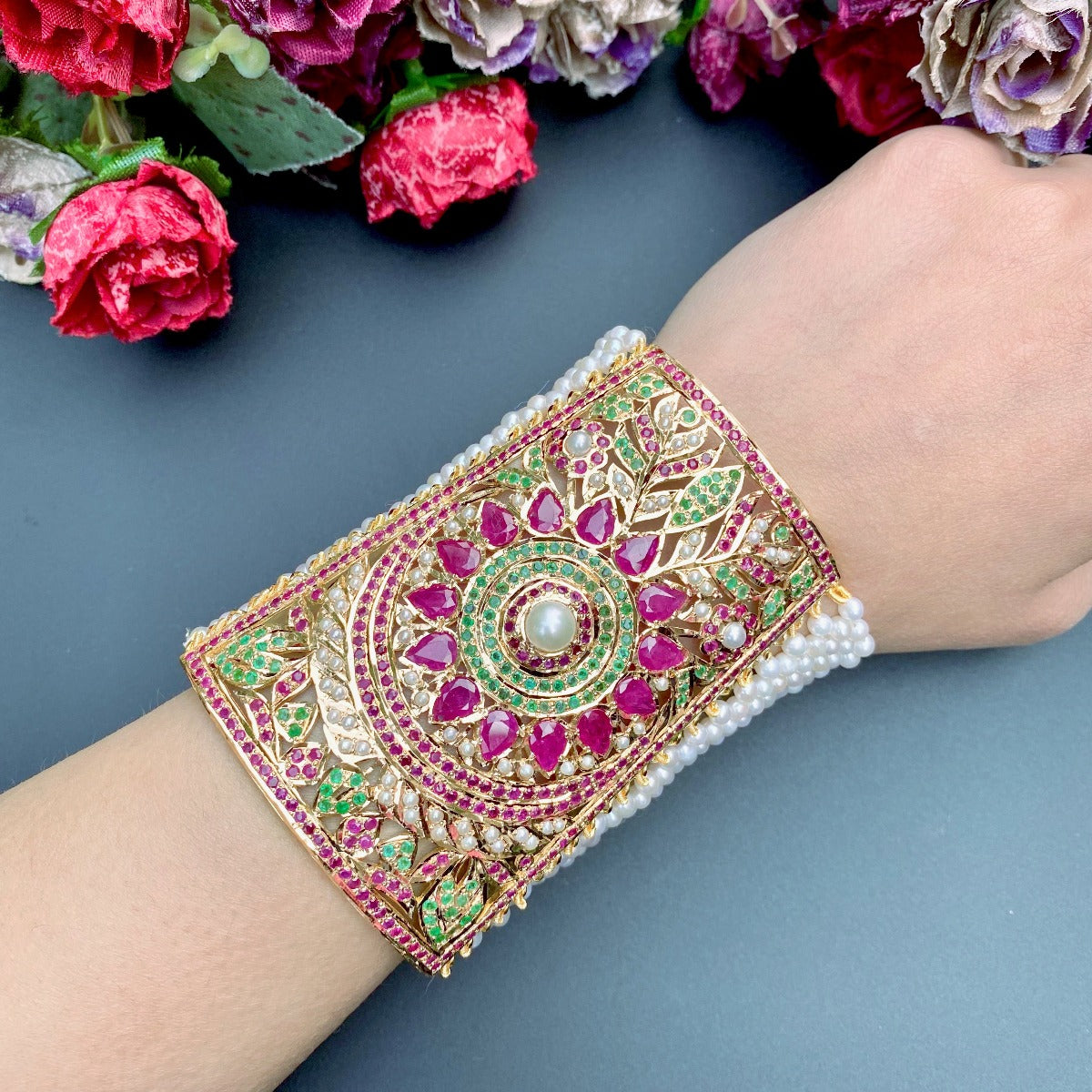

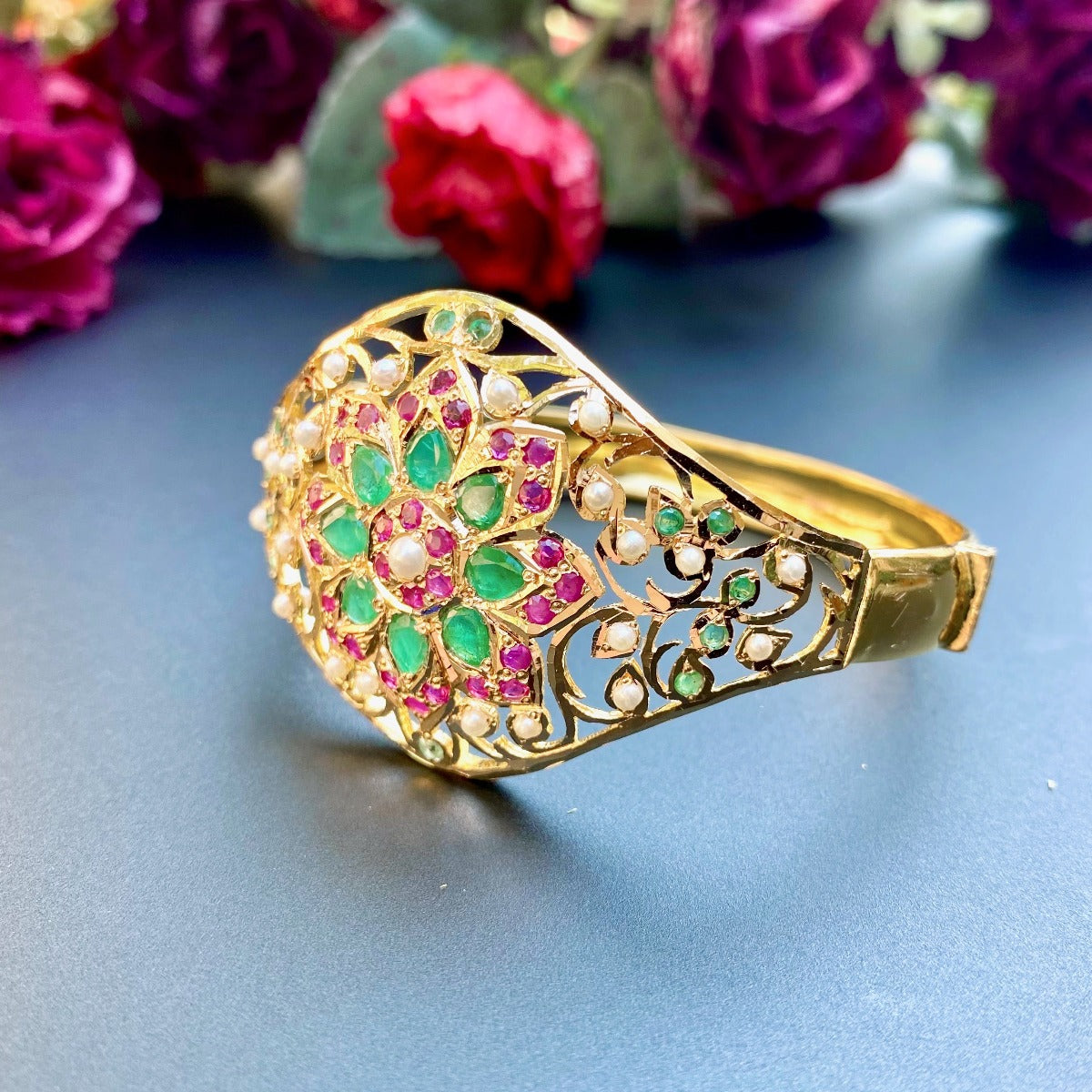



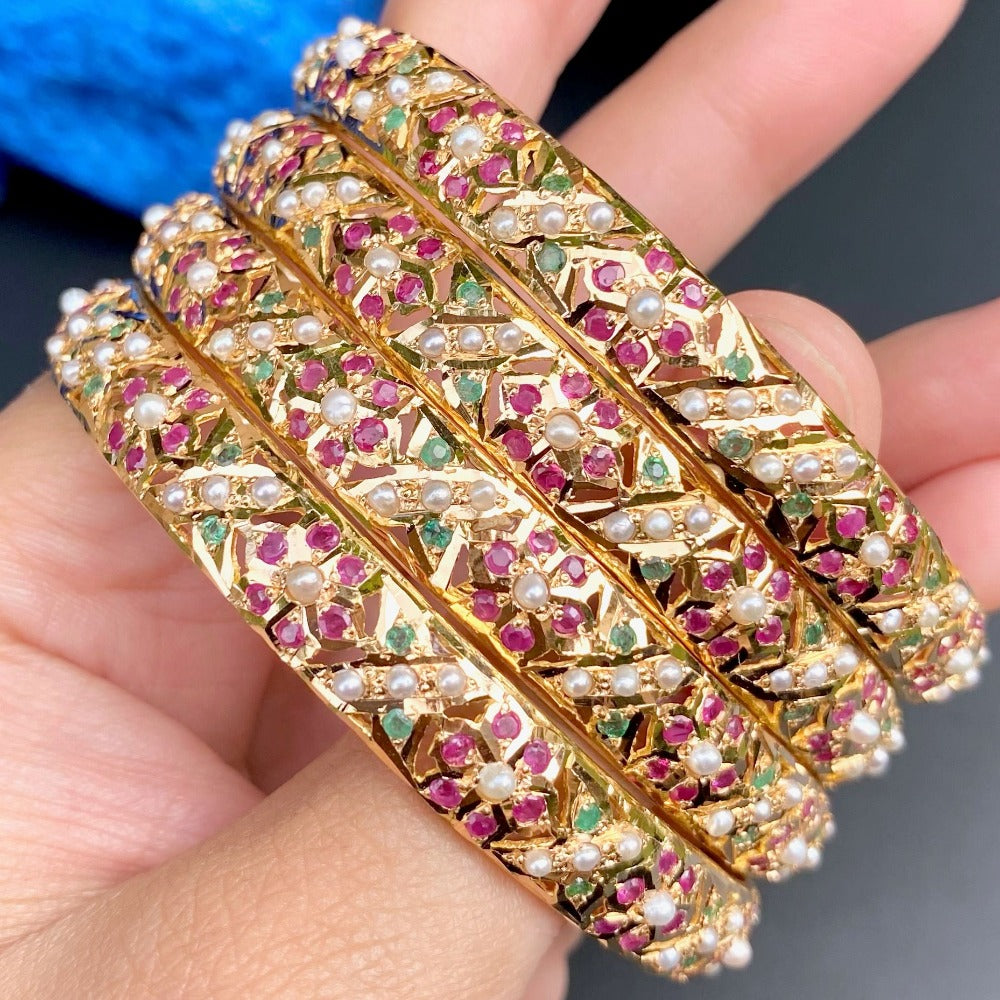
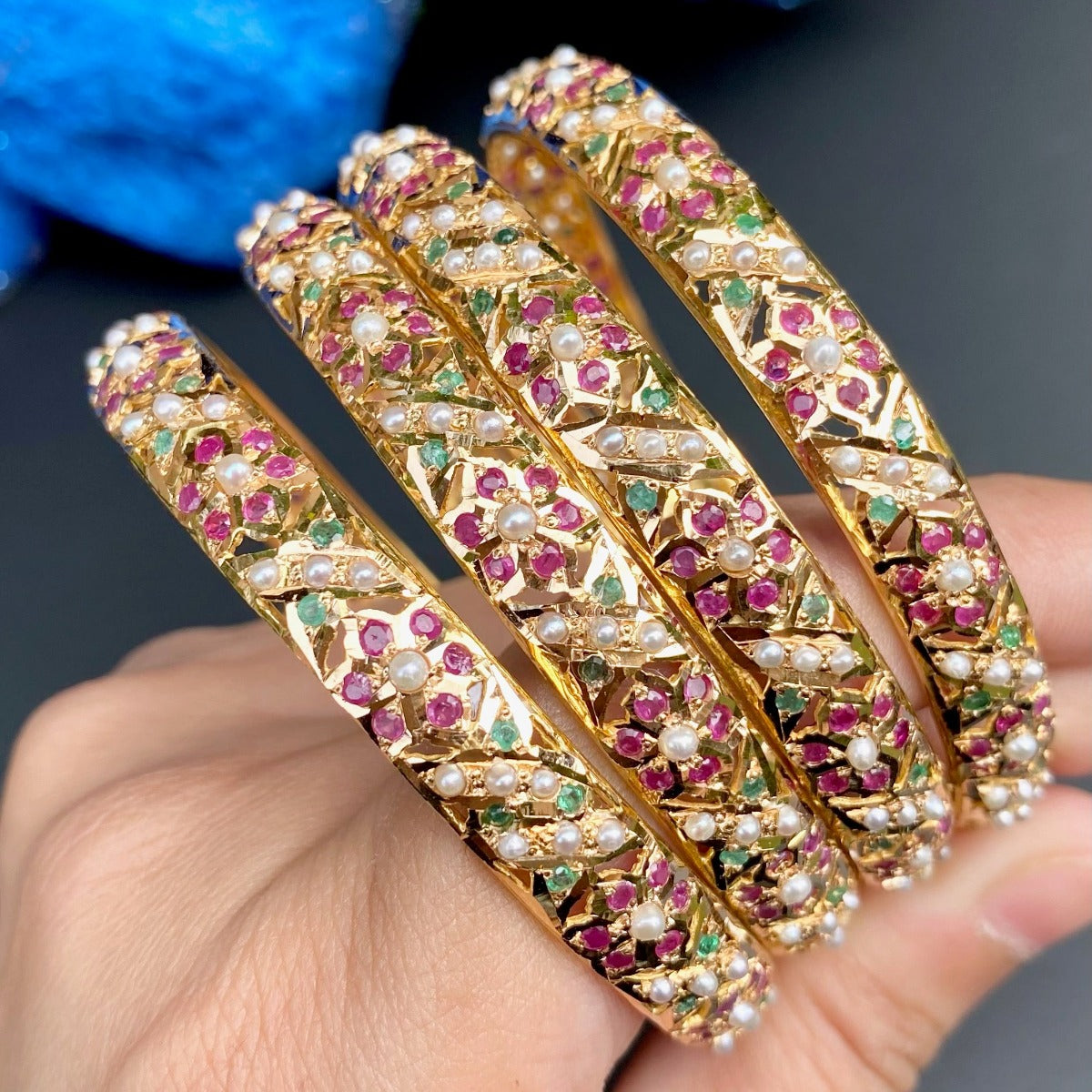
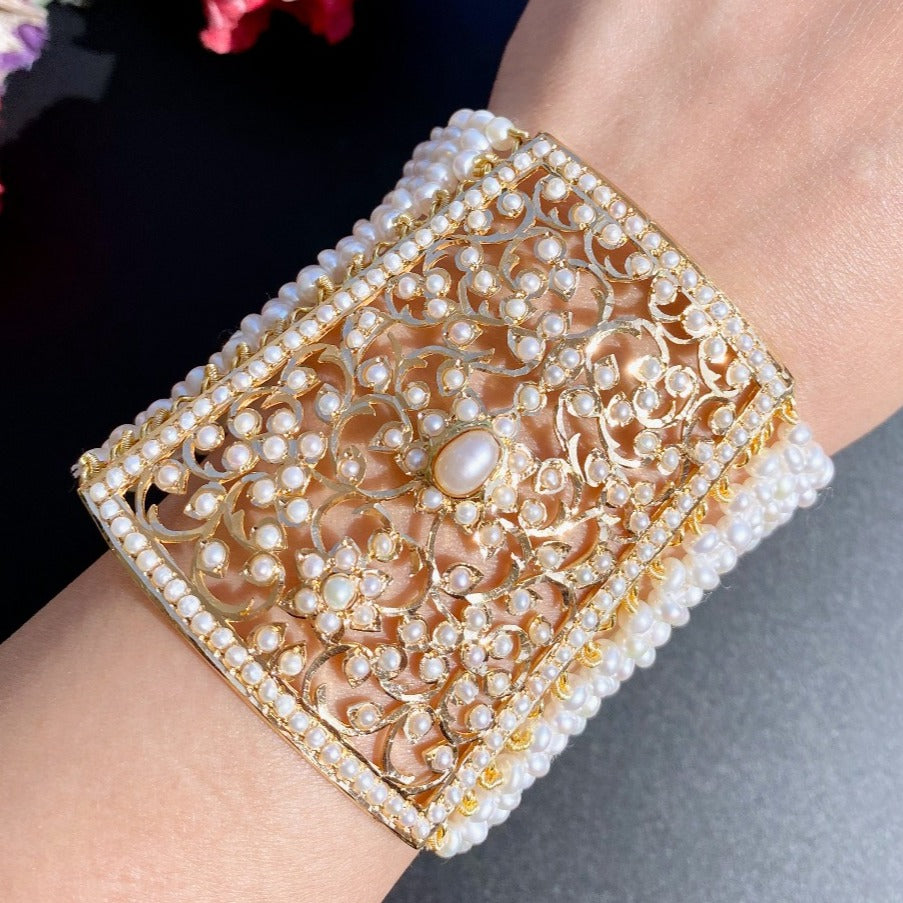
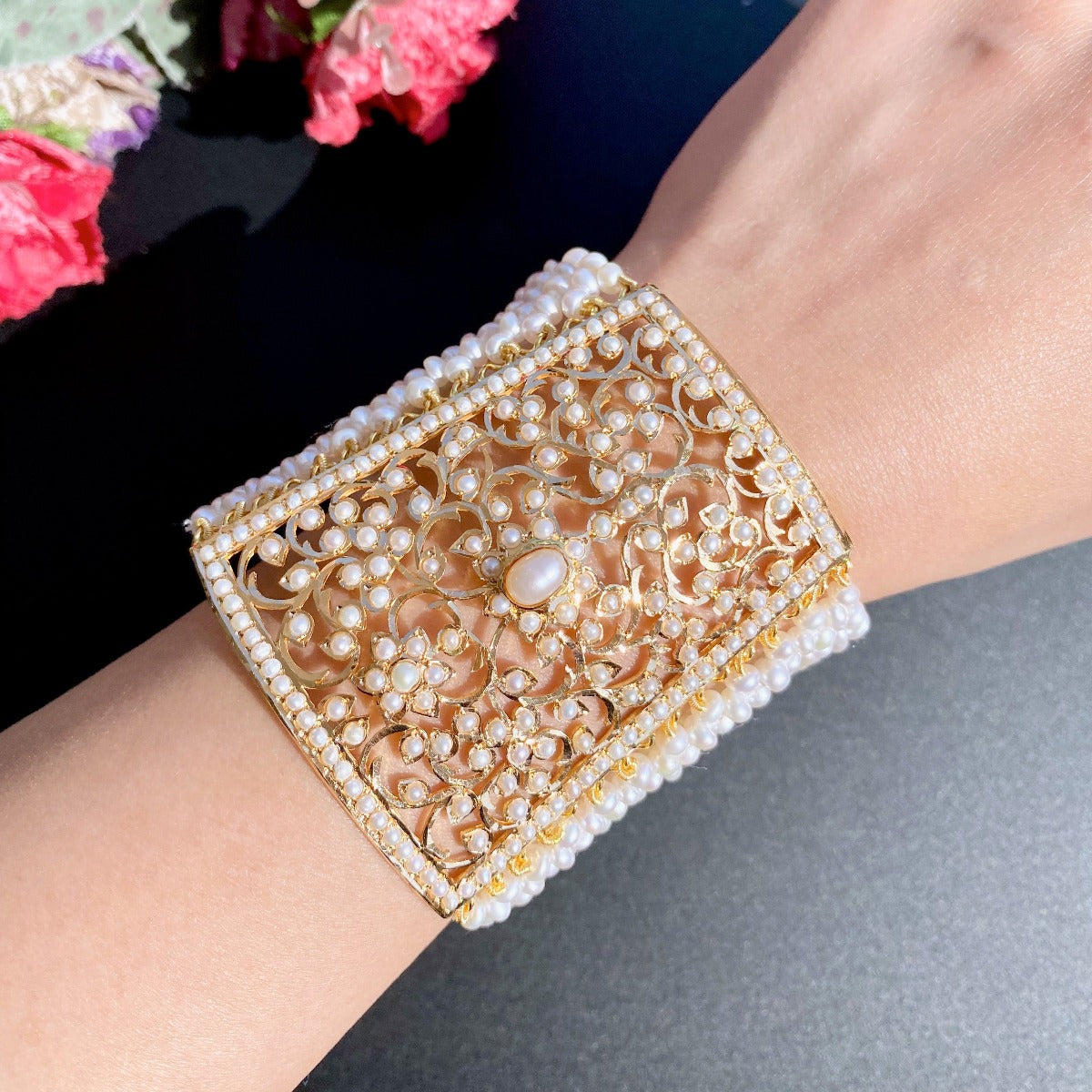
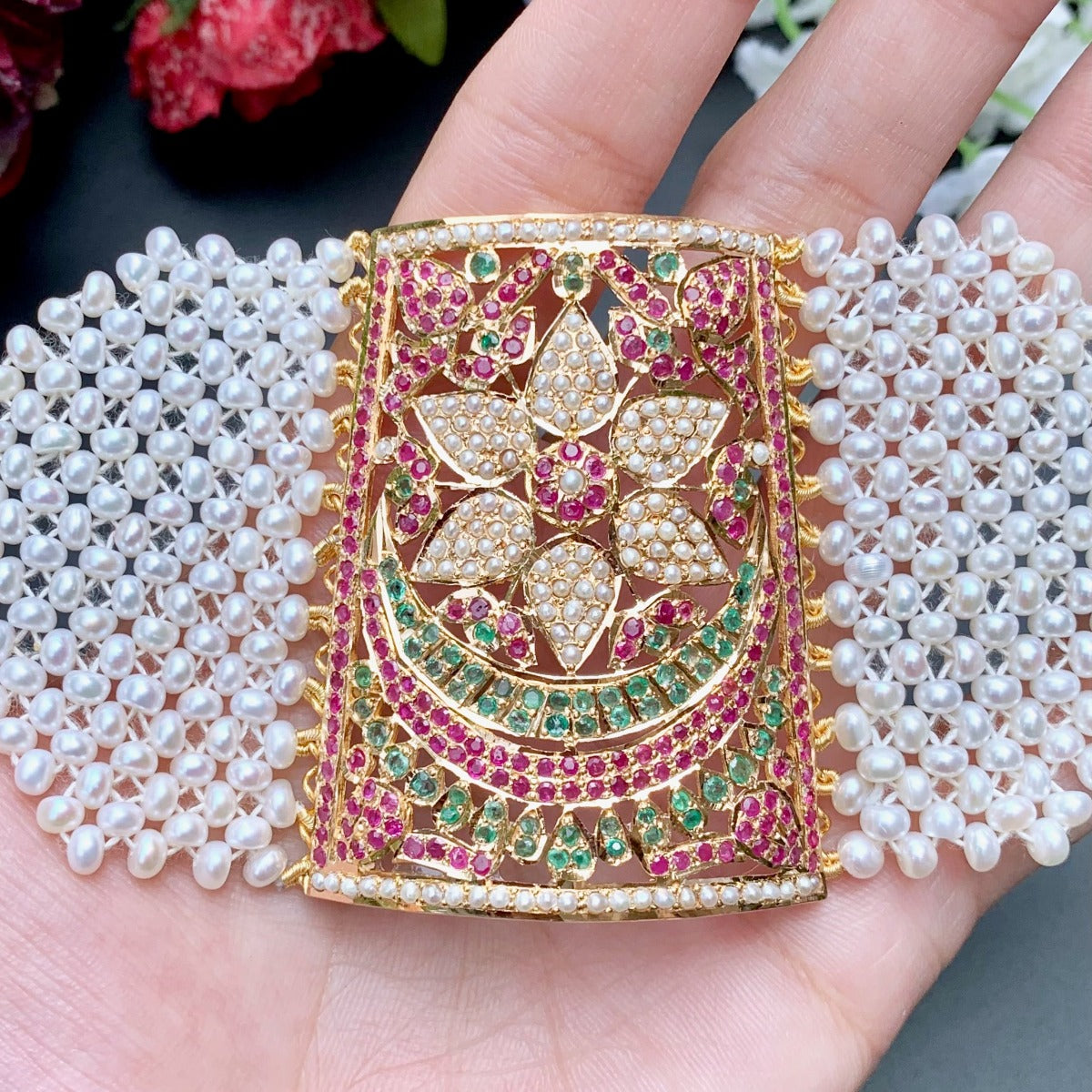



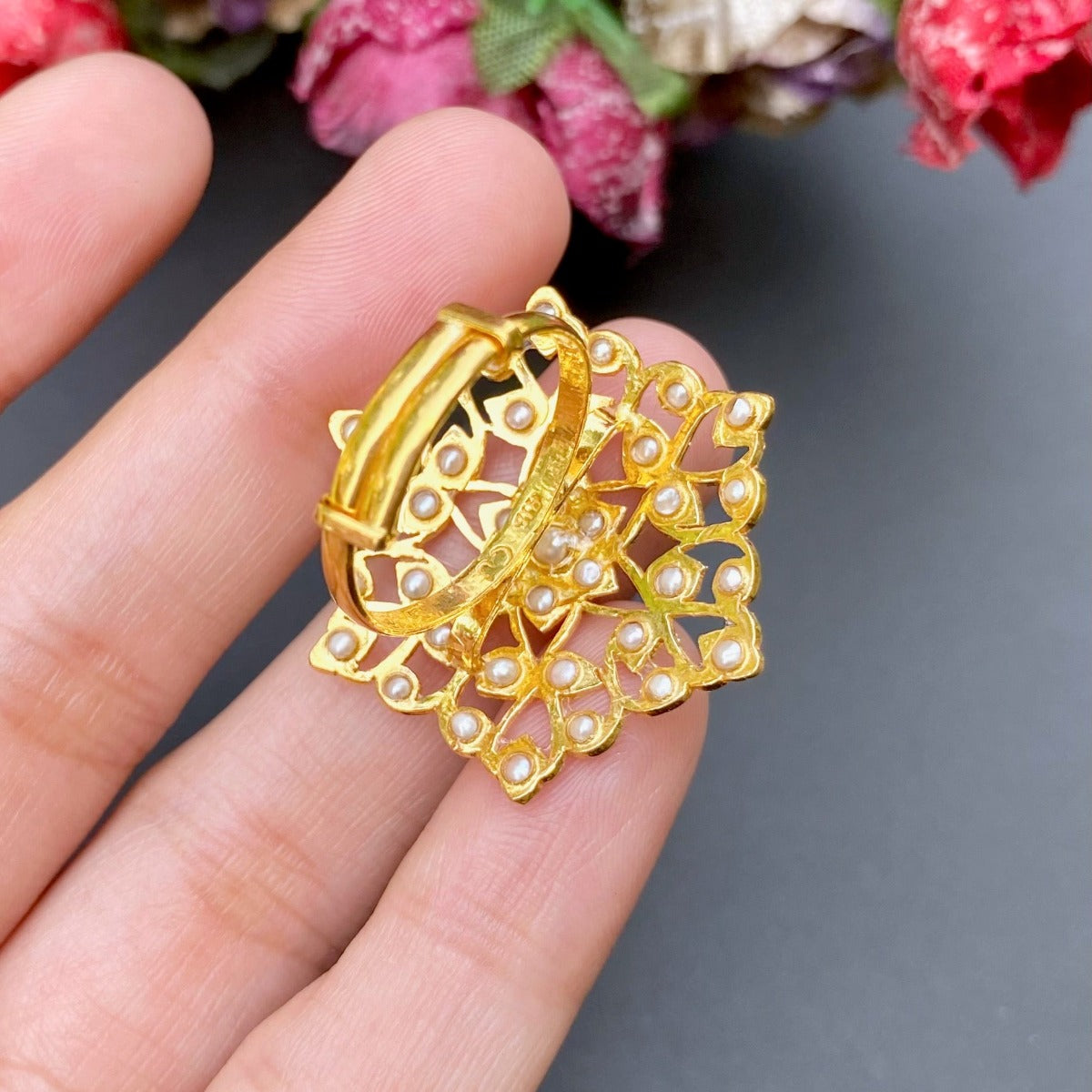
Leave a comment
This site is protected by hCaptcha and the hCaptcha Privacy Policy and Terms of Service apply.